Inflation Hitting Harder Than a Tannic Barbaresco on an Unprepared Palate
Unless I'm luxuriating in a fantastic hotel in Italy—where I'll shamelessly consume more than my fair share of the buffet's regional cheeses, artisanal salami, and farm-fresh eggs with the same enthusiasm I reserve for vertical Barolo tastings—I'm not particularly devoted to breakfast. On the road, a quick croissant or scone paired with a caffe latte satisfies me just fine, much like how a simple Tuesday night might call for nothing more elaborate than a good Chianti Classico.
And just as I'd never confuse a Premier Cru Burgundy with a grocery store Pinot, I've developed quite the discerning palate for morning beverages. For the record, Italy reigns supreme in the coffee hierarchy—their espresso has the perfect balance of richness and acidity, much like their Sangiovese. NYC surprisingly claims a respectable second place, perhaps the only category where the Big Apple offers value. Portuguese coffee, despite the country's colonial history, hits the palate with all the subtlety of an overextracted Touriga Nacional—intensely bitter and seemingly made from beans that wouldn't make the cut elsewhere. Spanish coffee should be magnificent given their Colombian connections, but it's resolutely mediocre—the vinous equivalent of a wine that's technically correct but lacks soul. As for French coffee? Let's just say there's a reason why tea is often the better choice in the land of Champagne—their coffee-making skills apparently went into exile with Napoleon.
But my recent global breakfast reconnaissance mission revealed something more shocking than finding Pinot Noir in Bordeaux. Behold this sobering data on prices from my 2025 travels:
-
New York City: $17 (quality scone + impressively crafted caffe latte + obligatory tip)

Roughly equivalent to: A bottle of respectable Sicilian Nero d'Avola Pastry Rating: Cru Bourgeois—surprisingly decent but priced like a first-growth -
Paris: $6.60 (sublimely buttery, flaky croissant + café au lait that you wish was tea)

Roughly equivalent to: A glass of decent Côtes du Rhône at a café Pastry Rating: Grand Cru—the undisputed world champion of breakfast baked goods -
Turin: $5.50 (delightful cornetto + perfectly executed cappuccino)

Roughly equivalent to: A generous pour of house Barbera at a local trattoria Pastry Rating: Premier Cru—Italy takes the silver medal with admirable finesse -
Madrid: $4.75 (respectable almond croissant + middling café con leche)

Roughly equivalent to: A glass of refreshing Verdejo in a neighborhood taberna Pastry Rating: Village level—solid performance but not breaking any new ground -
Porto: $4 (mysteriously desiccated pastry + aggressively bitter black coffee)

Roughly equivalent to: A glass of young port that they practically give away locally Pastry Rating: Table pastry—save yourself for the pasteis de nata, the only Portuguese breakfast item worth the calories
What unholy economic forces are at work in the United States that have created this mind-boggling inflation for basic morning sustenance? At these prices, I'm beginning to think a morning glass of Champagne might actually be the fiscally responsible choice. You read that correctly—we've entered an economic twilight zone where the breakfast beverage of aristocrats could present a value opportunity compared to steamed milk with a shot of espresso.
True, European governments provide some subsidies for pantry staples like coffee and bread, similar to how they support local wine production. But even accounting for these differences, most of us would agree that NYC pricing has become as unsustainable as using new oak barrels for every vintage and as wildly out of balance as an overly extracted Napa Cabernet—completely out of whack with the rest of planet Earth.
Perhaps I should start pairing my investment portfolio the way I pair wines: with a heavy allocation to European breakfast futures and a short position on Manhattan pastries.
Next month: Why one of the best pizzas in the world in Naples costs less than the delivery fee alone in Chicago, and what this means for your wine-buying strategy in an inflationary environment.
Remember: In both breakfast and wine, QPR (Quality-Price Ratio) is everything.

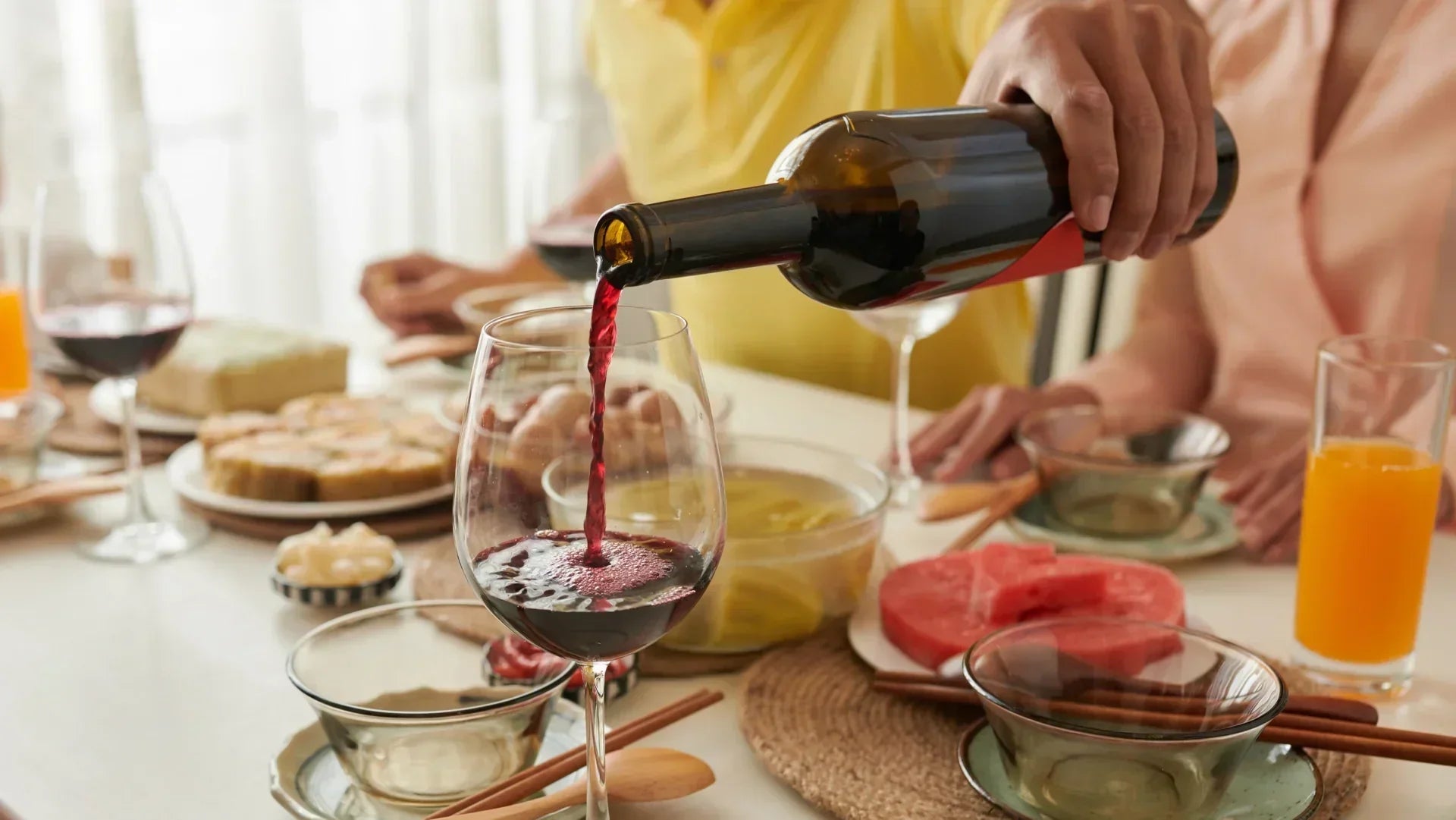
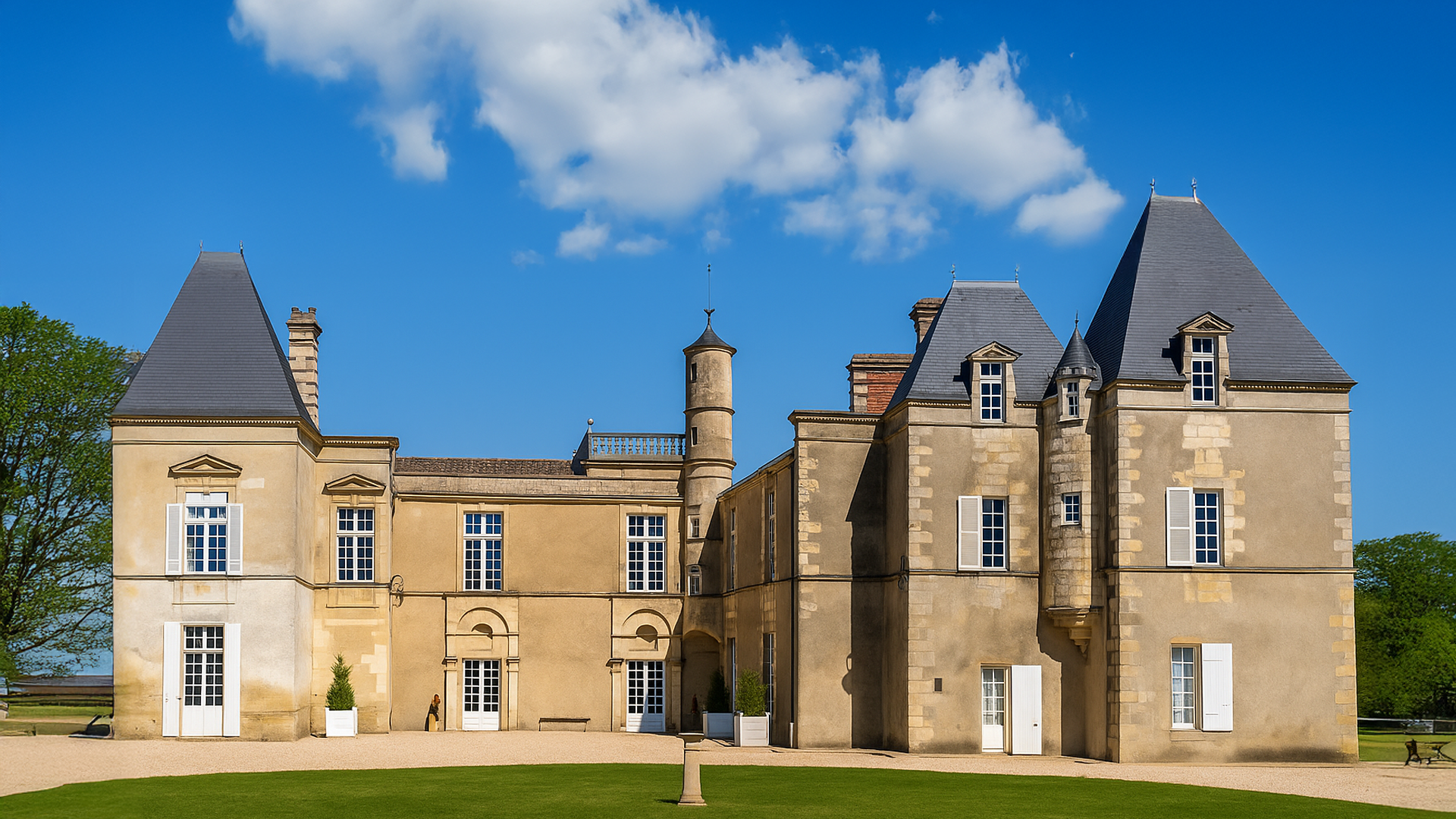
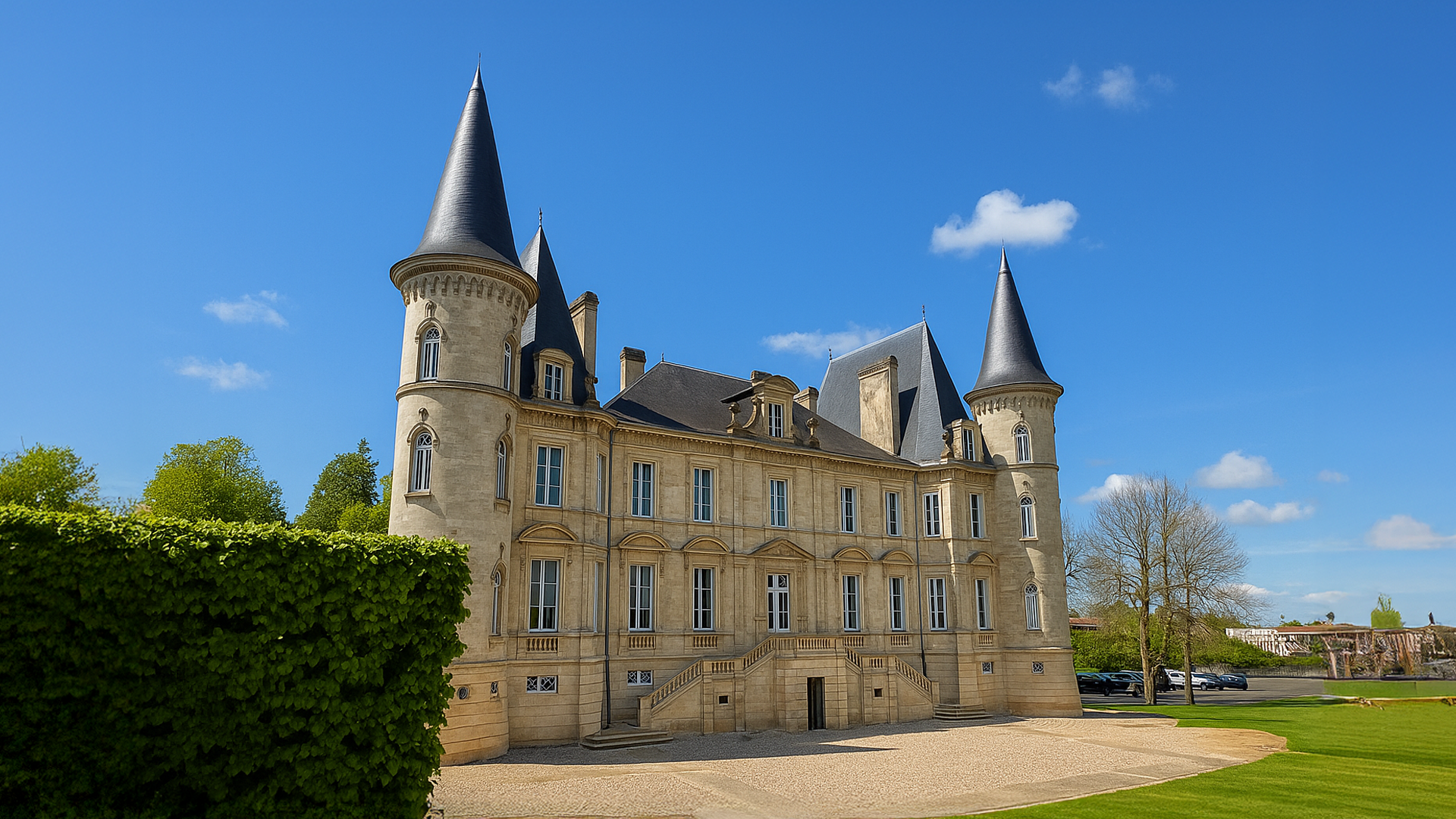
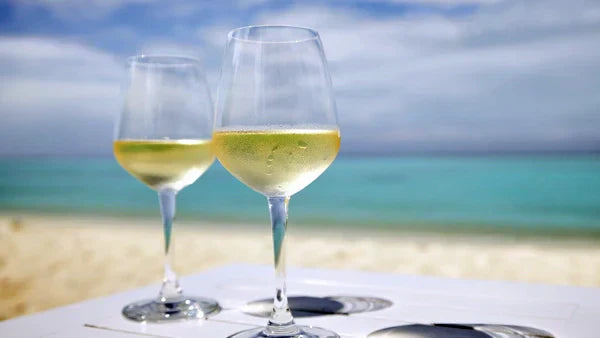


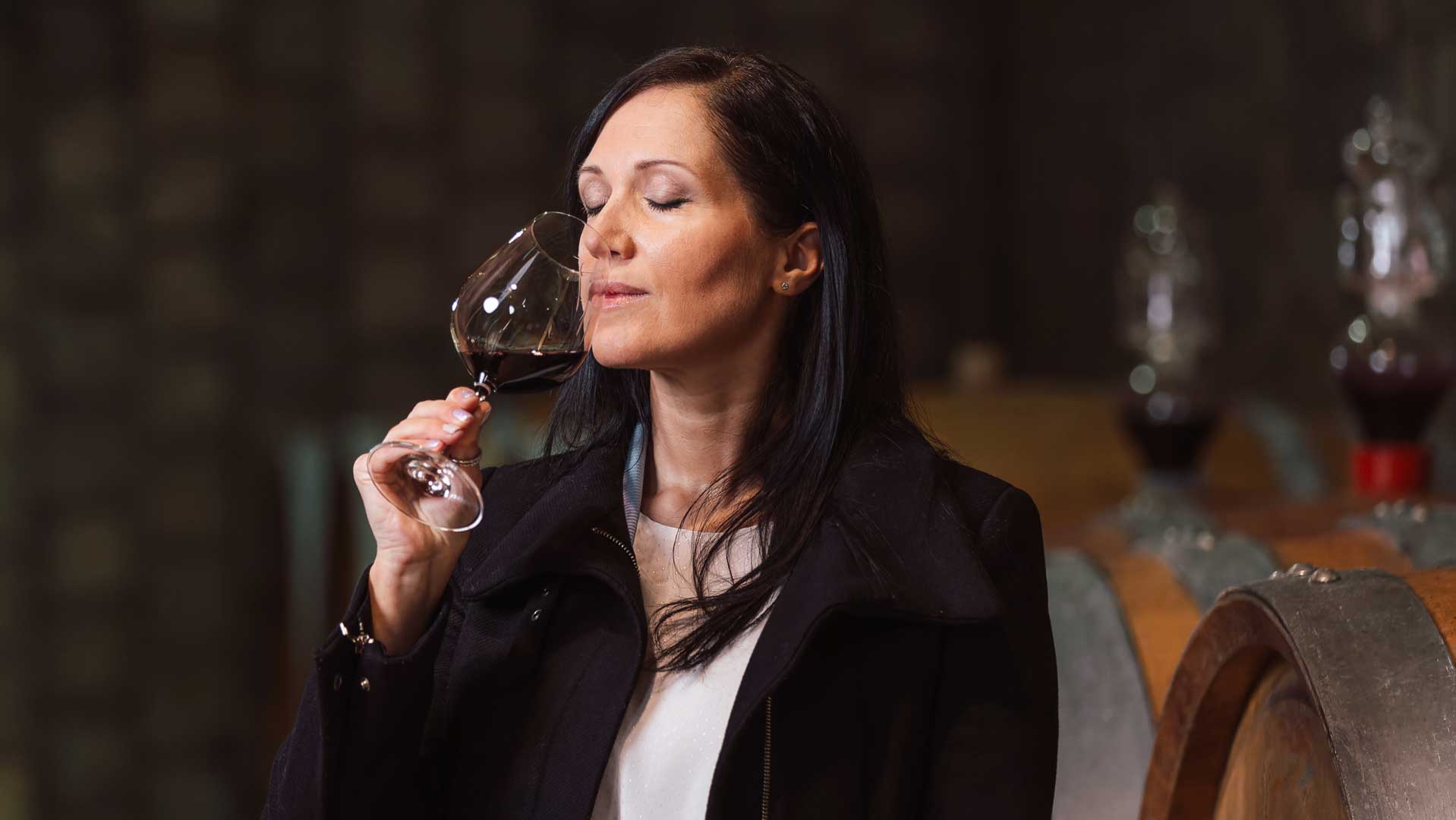
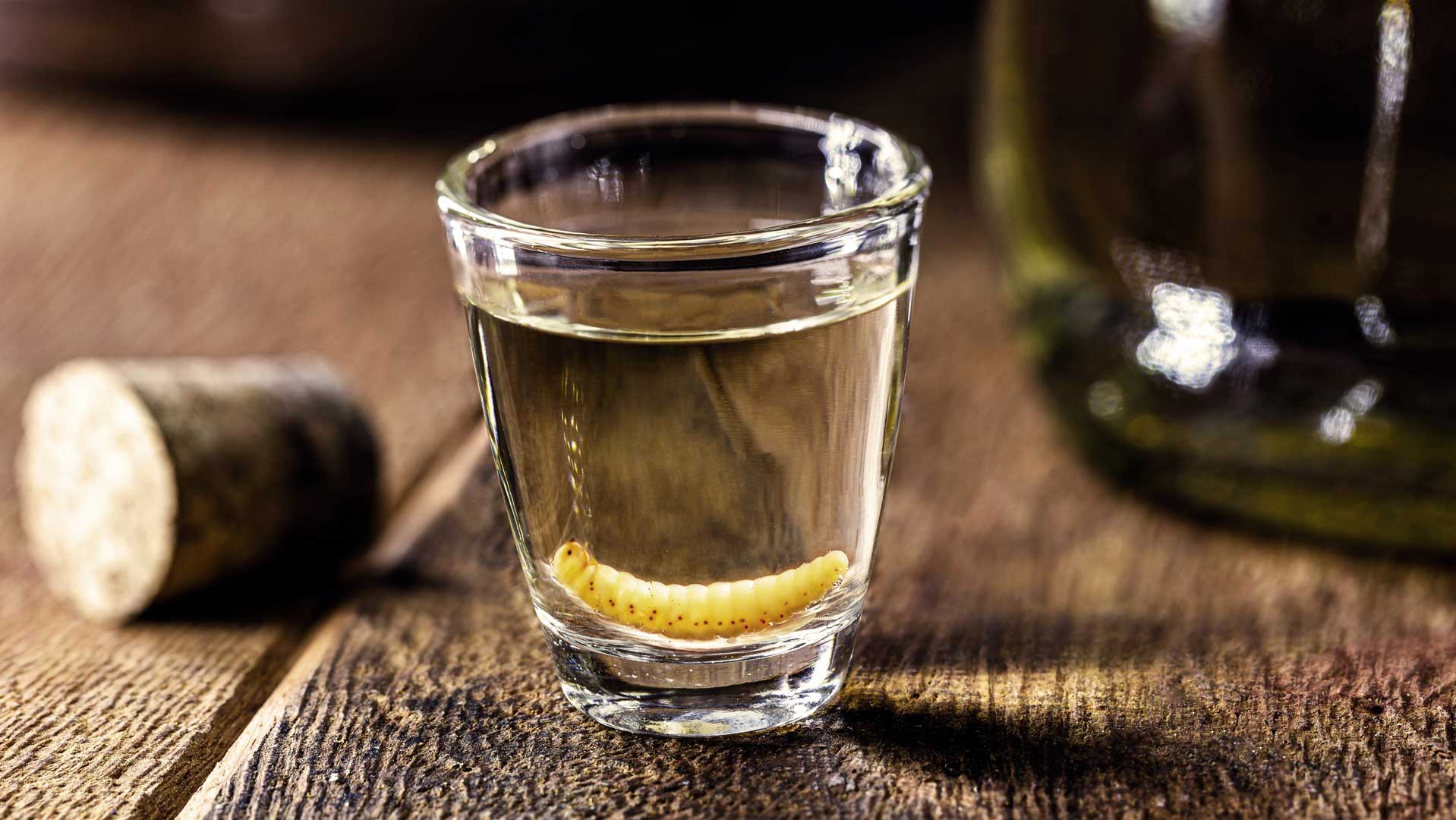
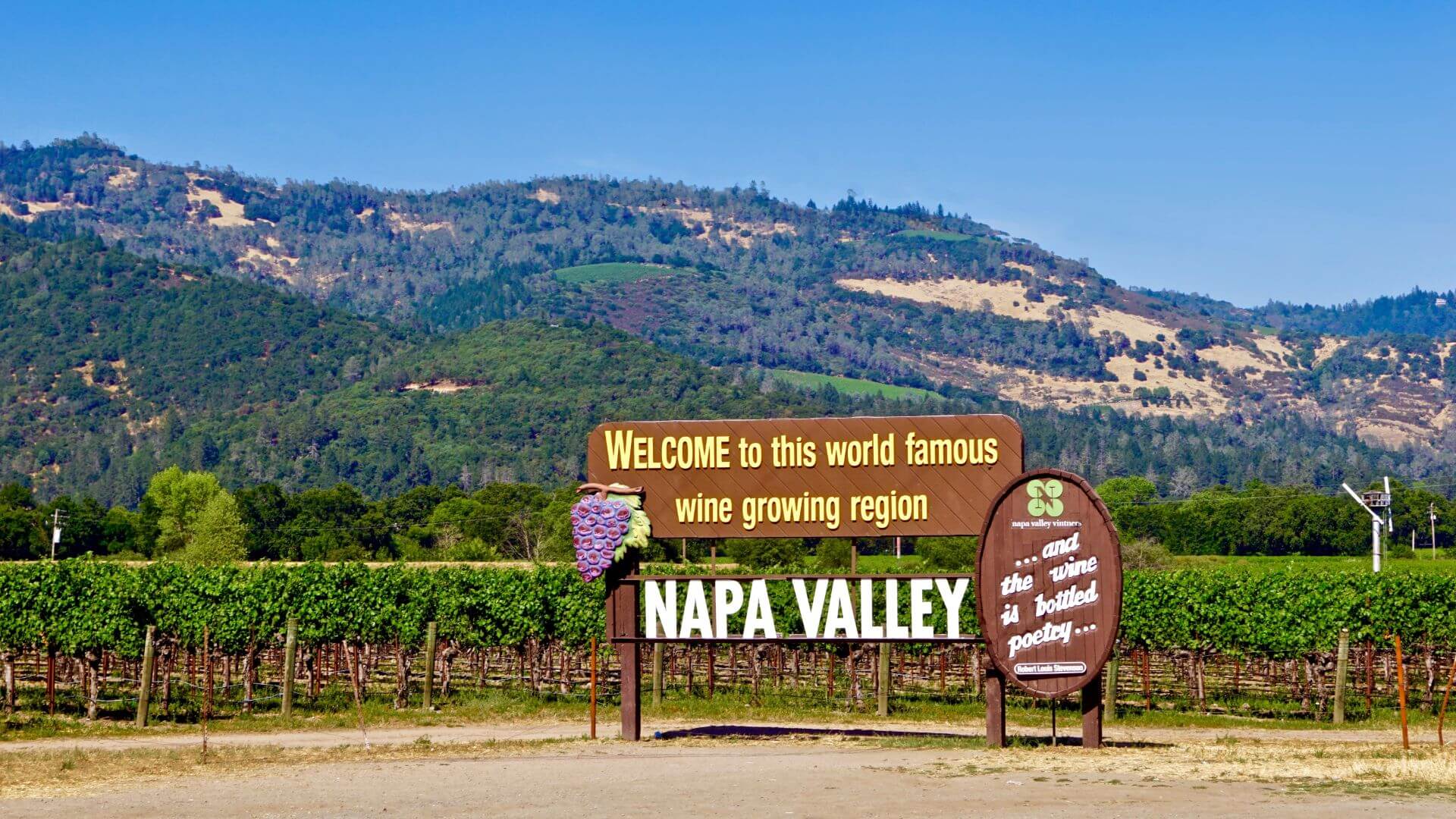
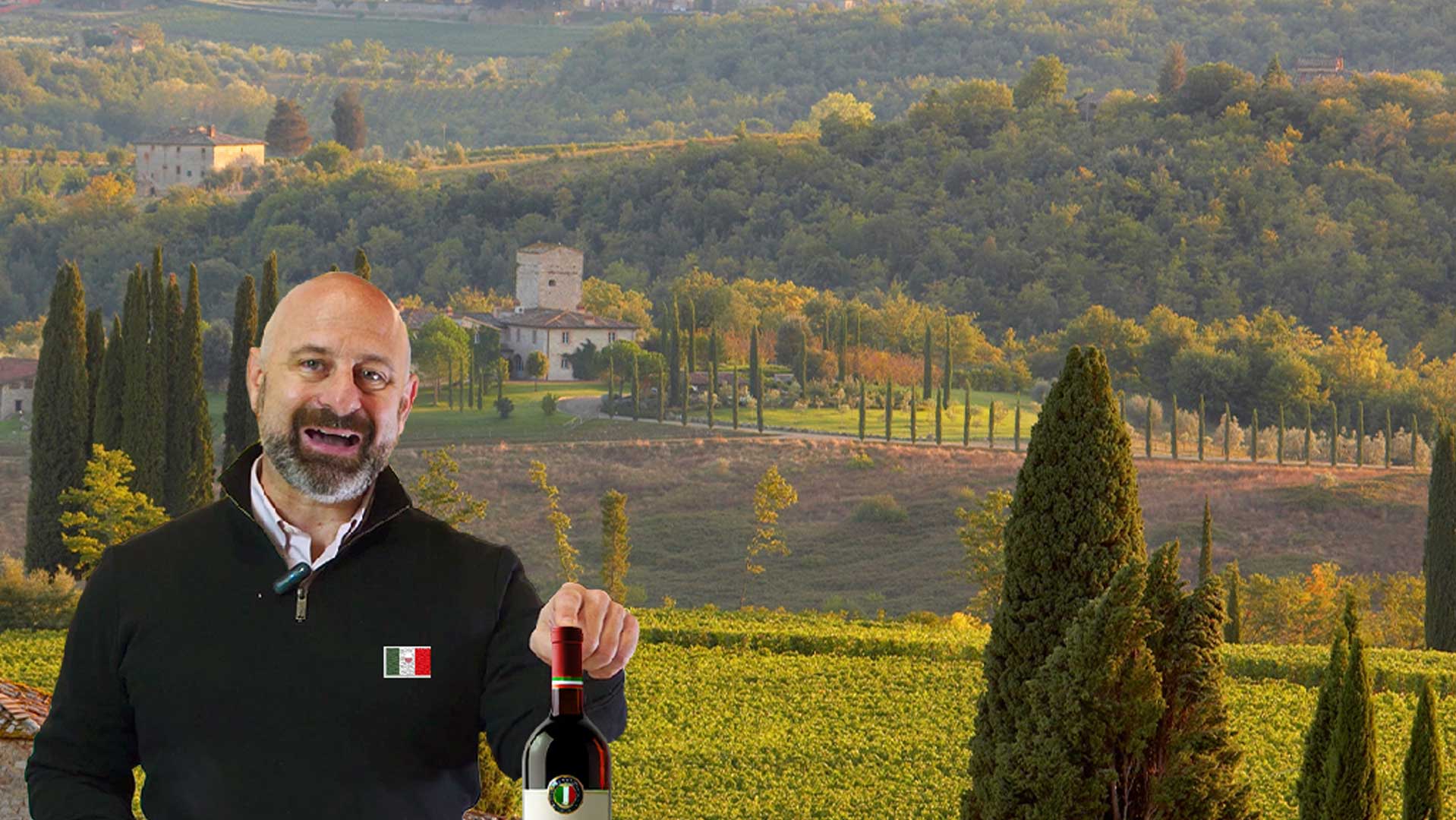
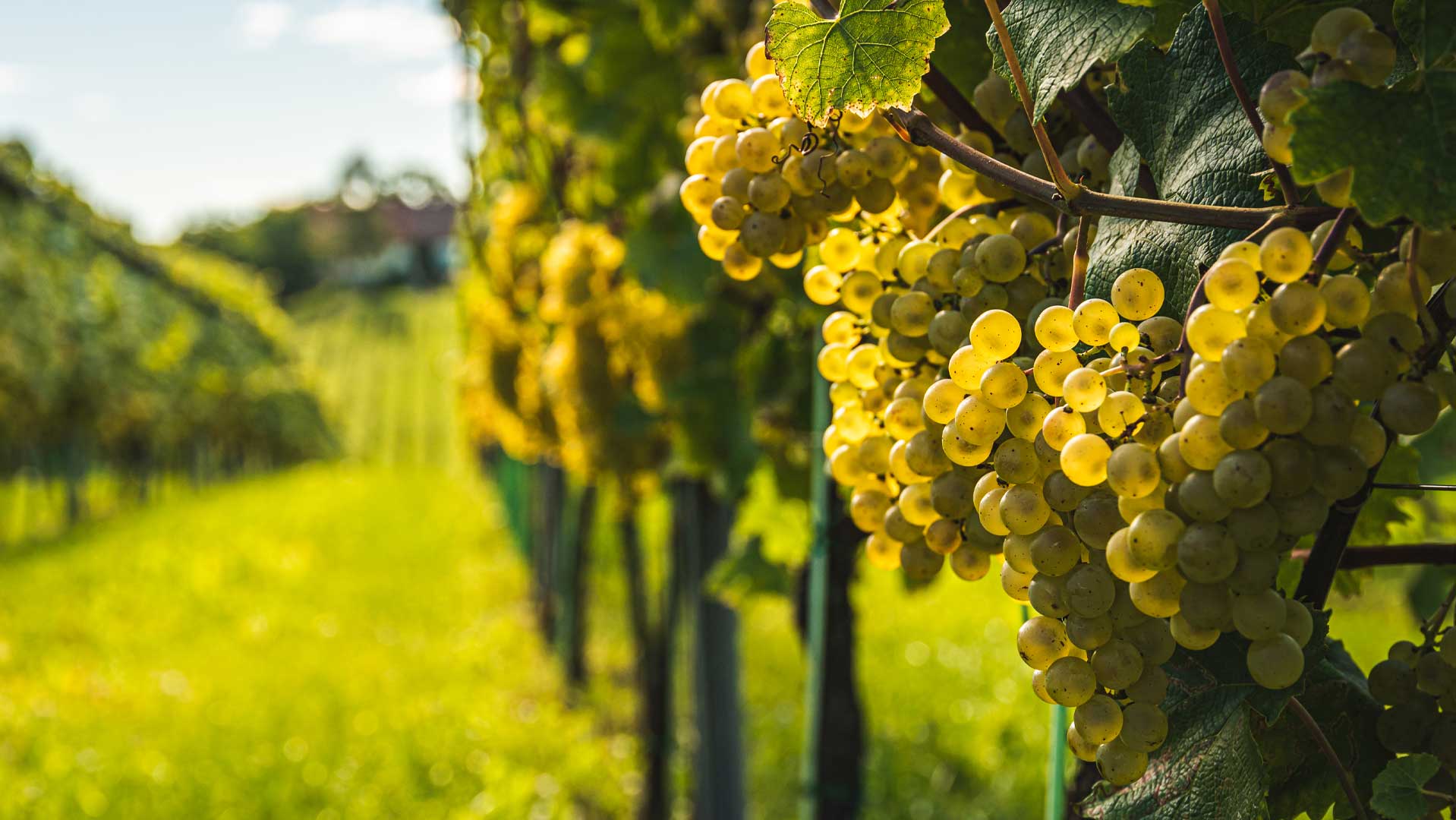
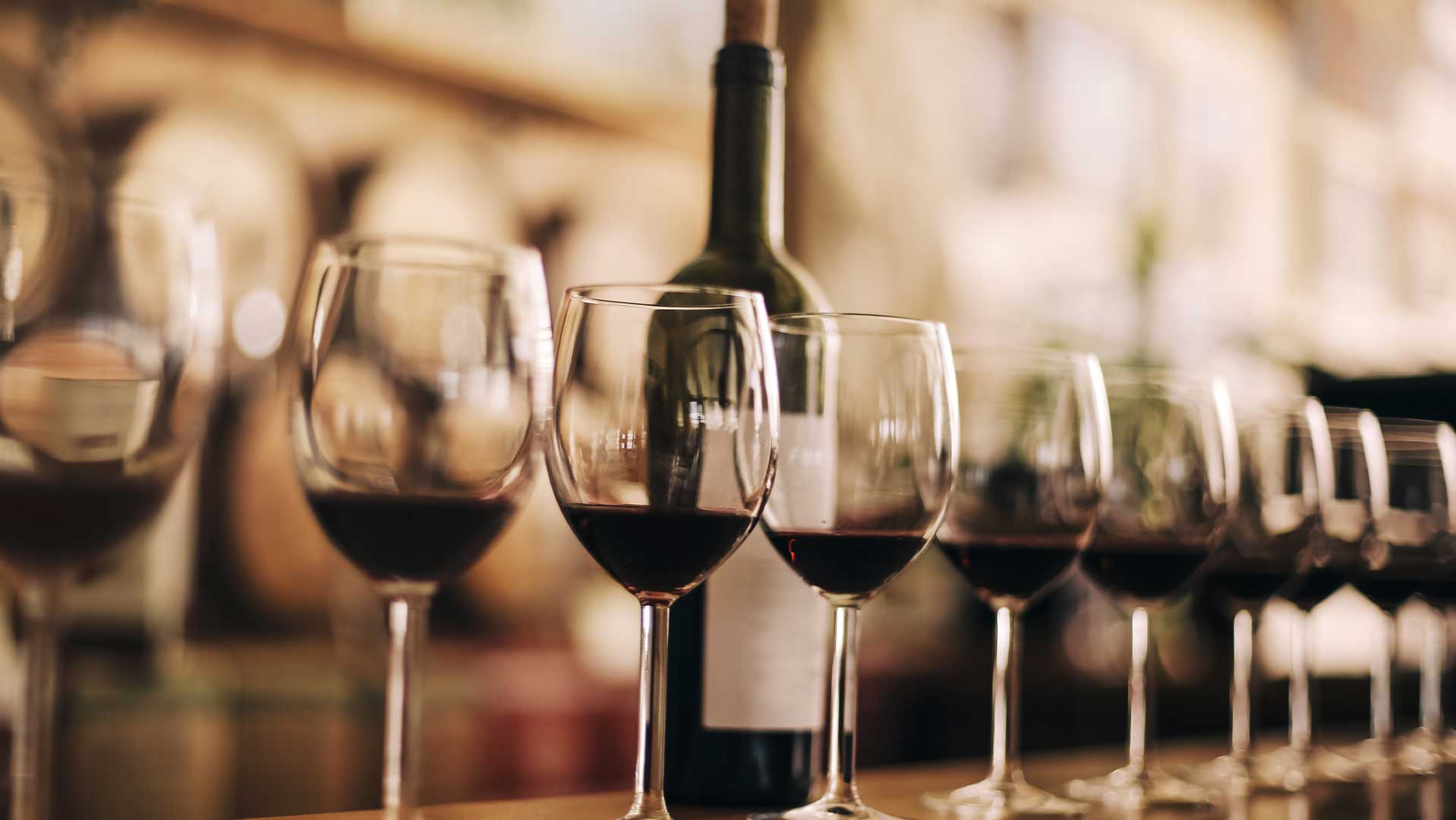
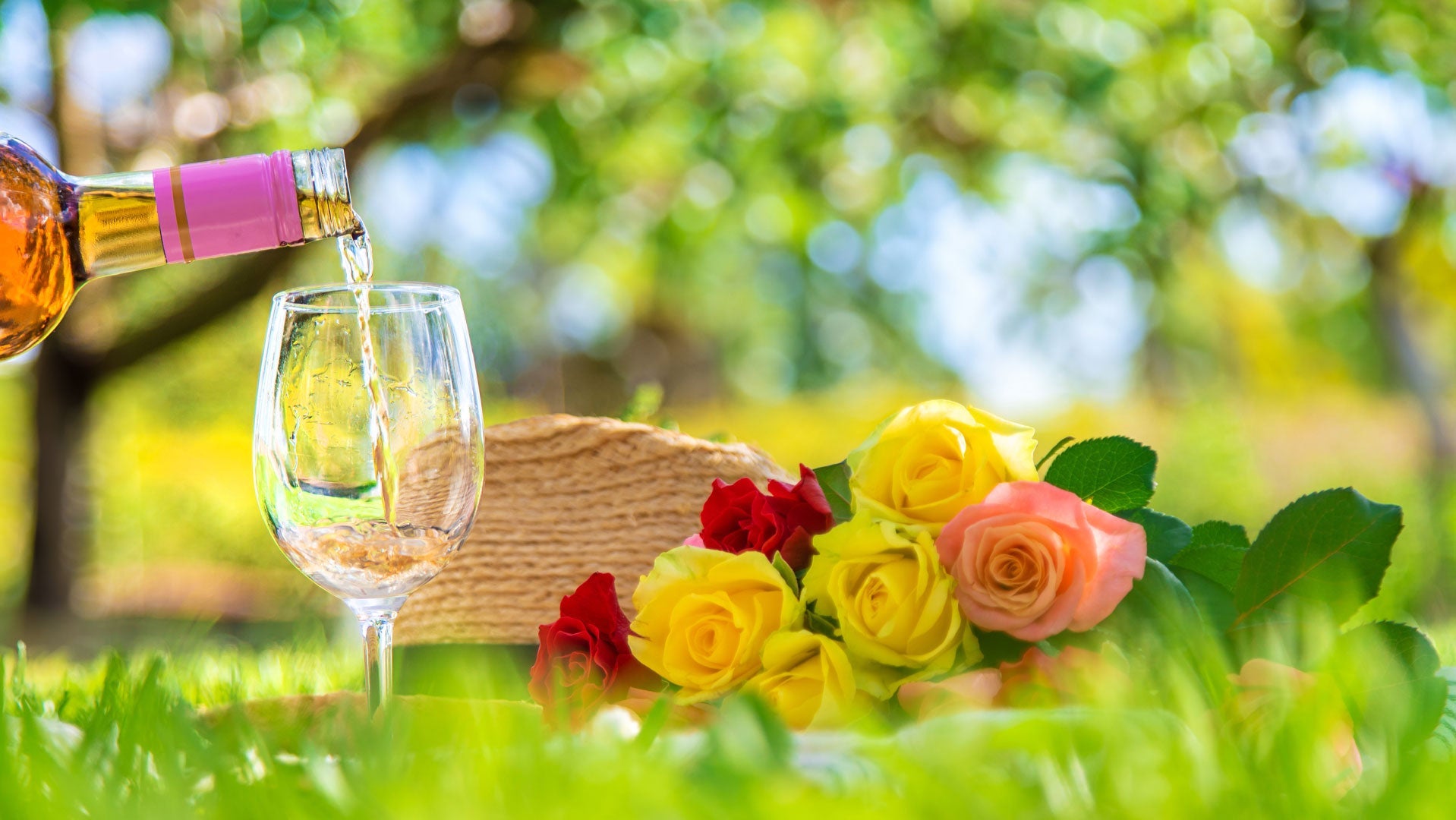

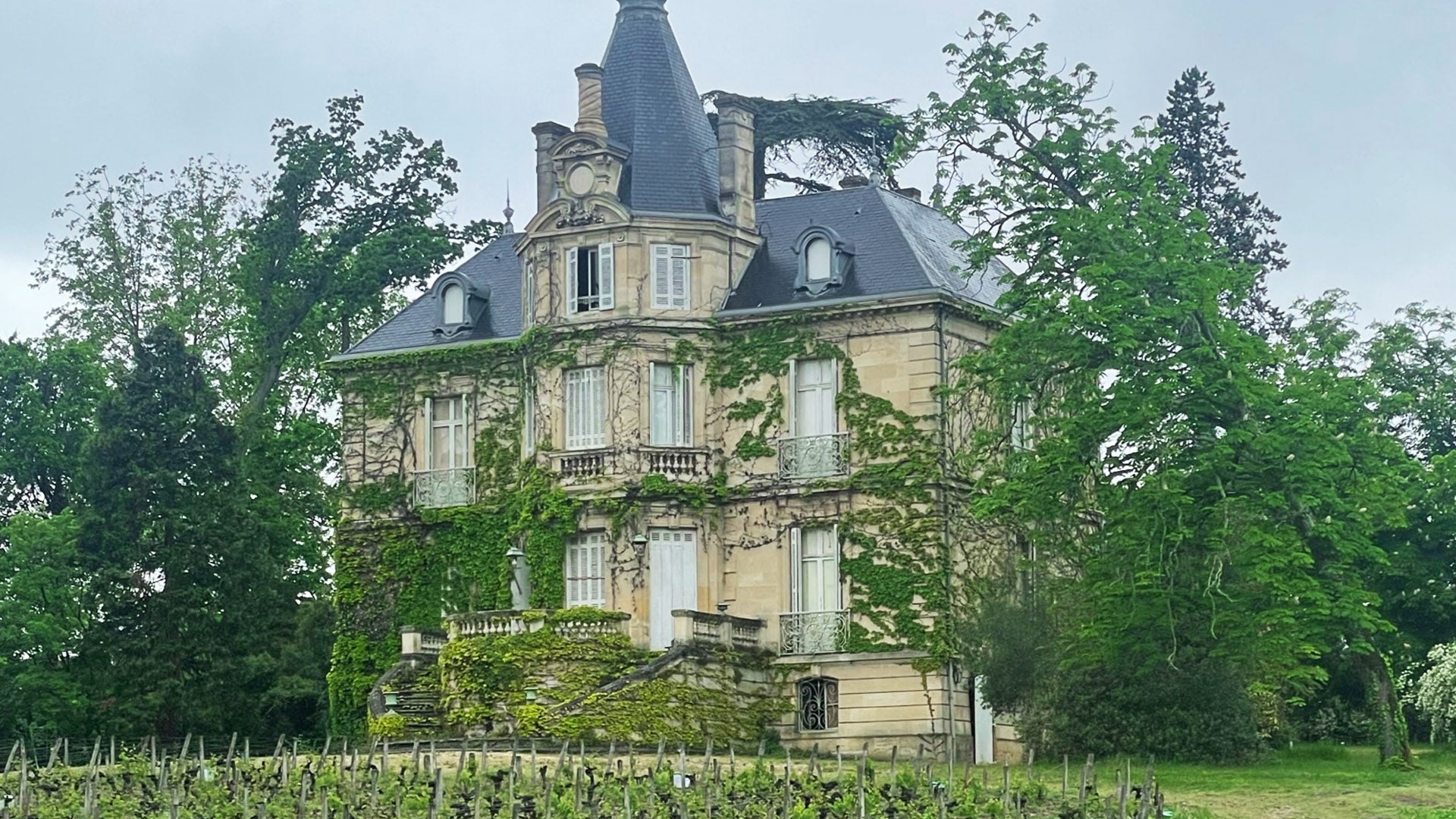
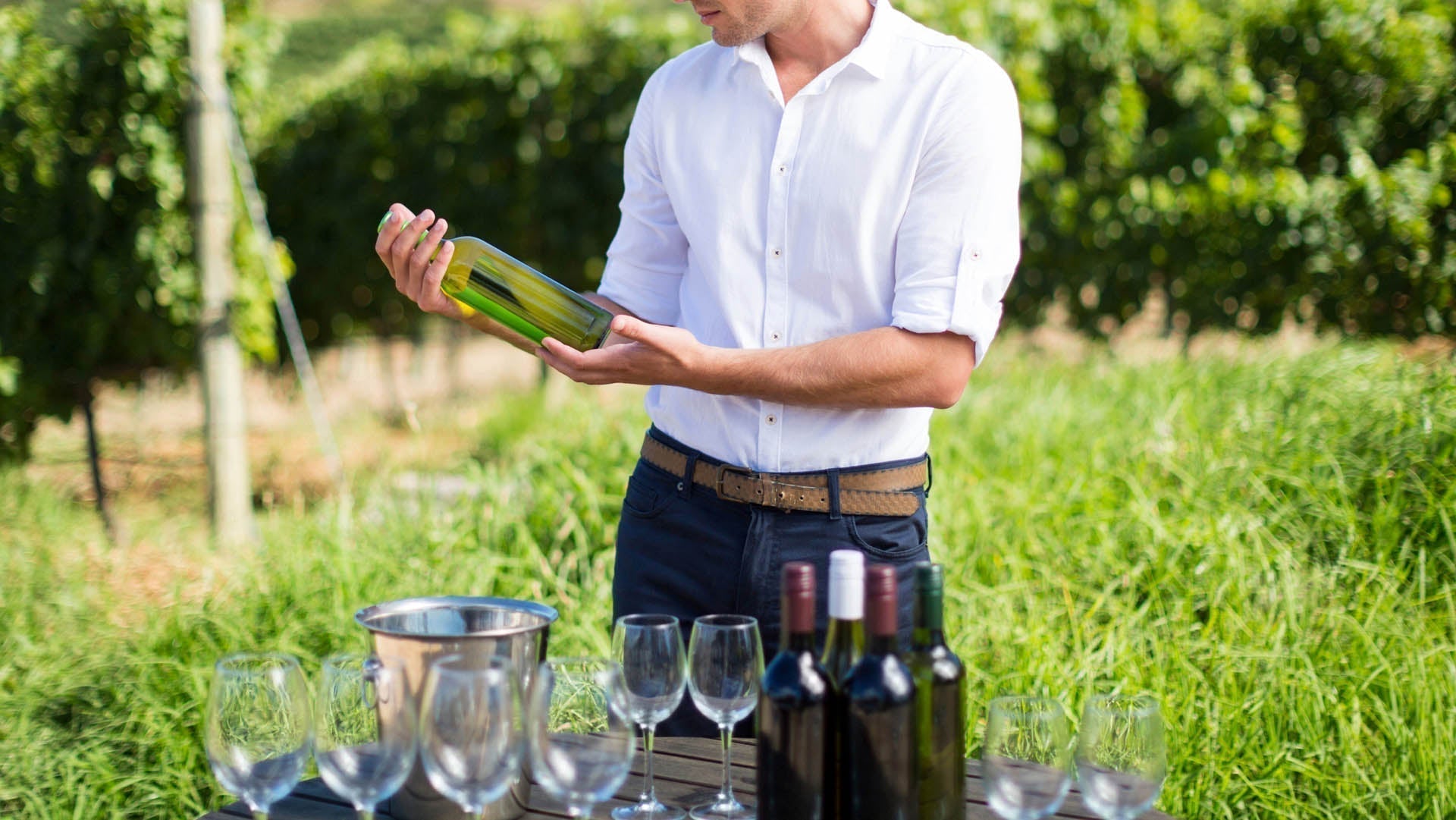

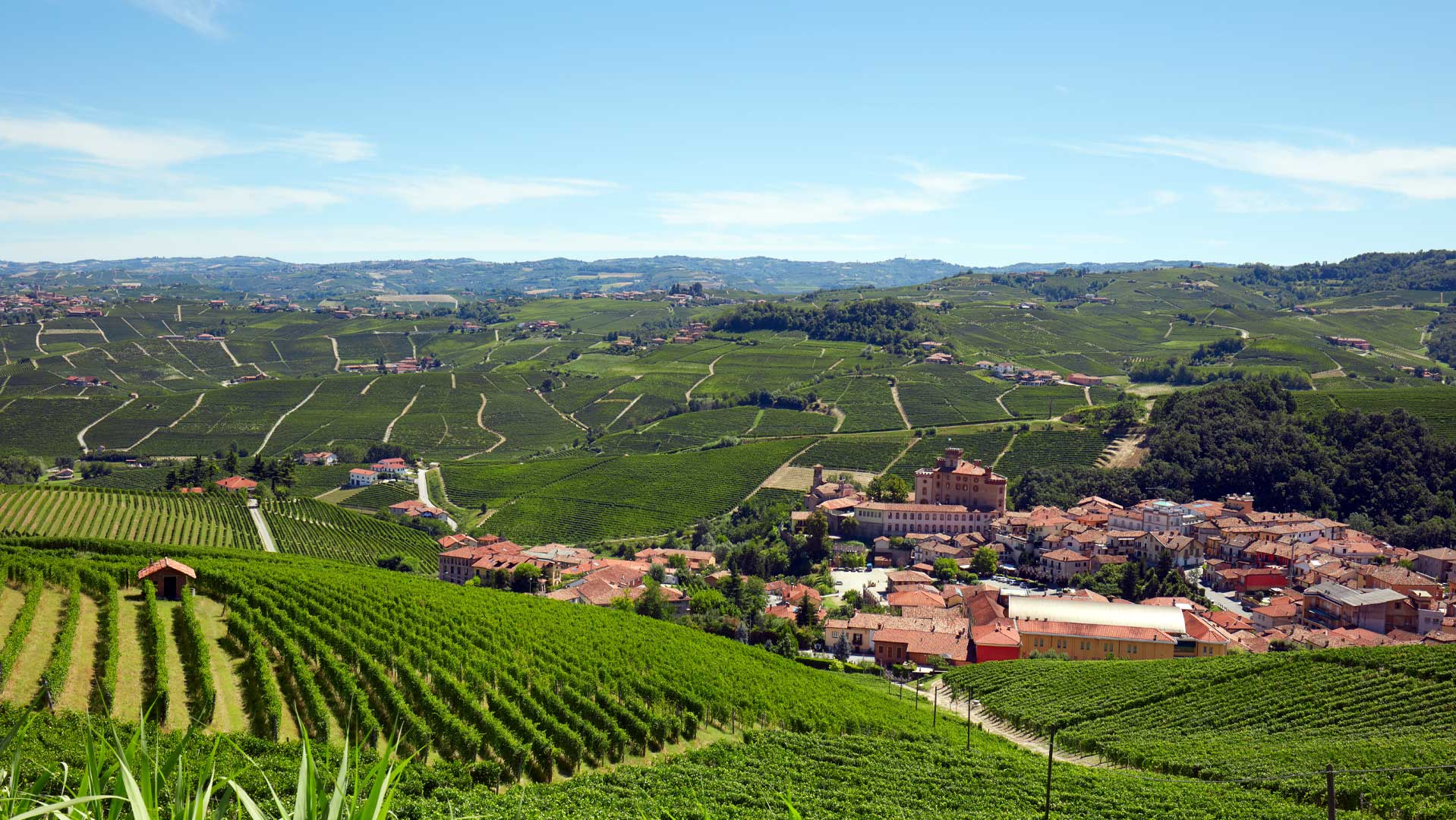
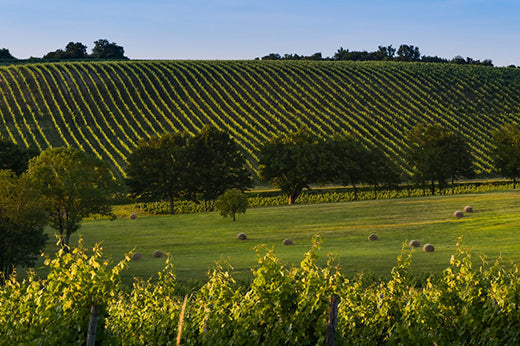





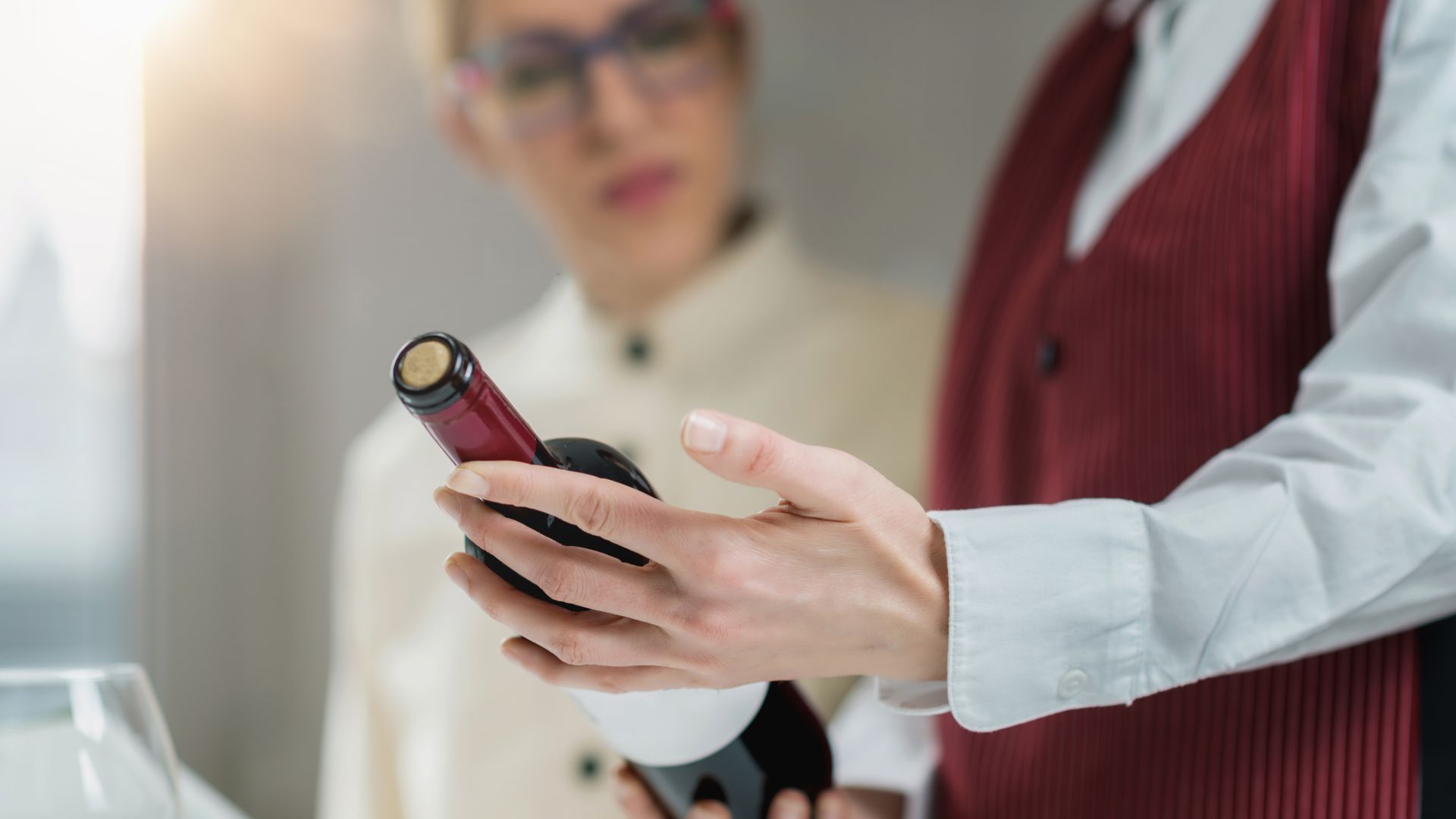
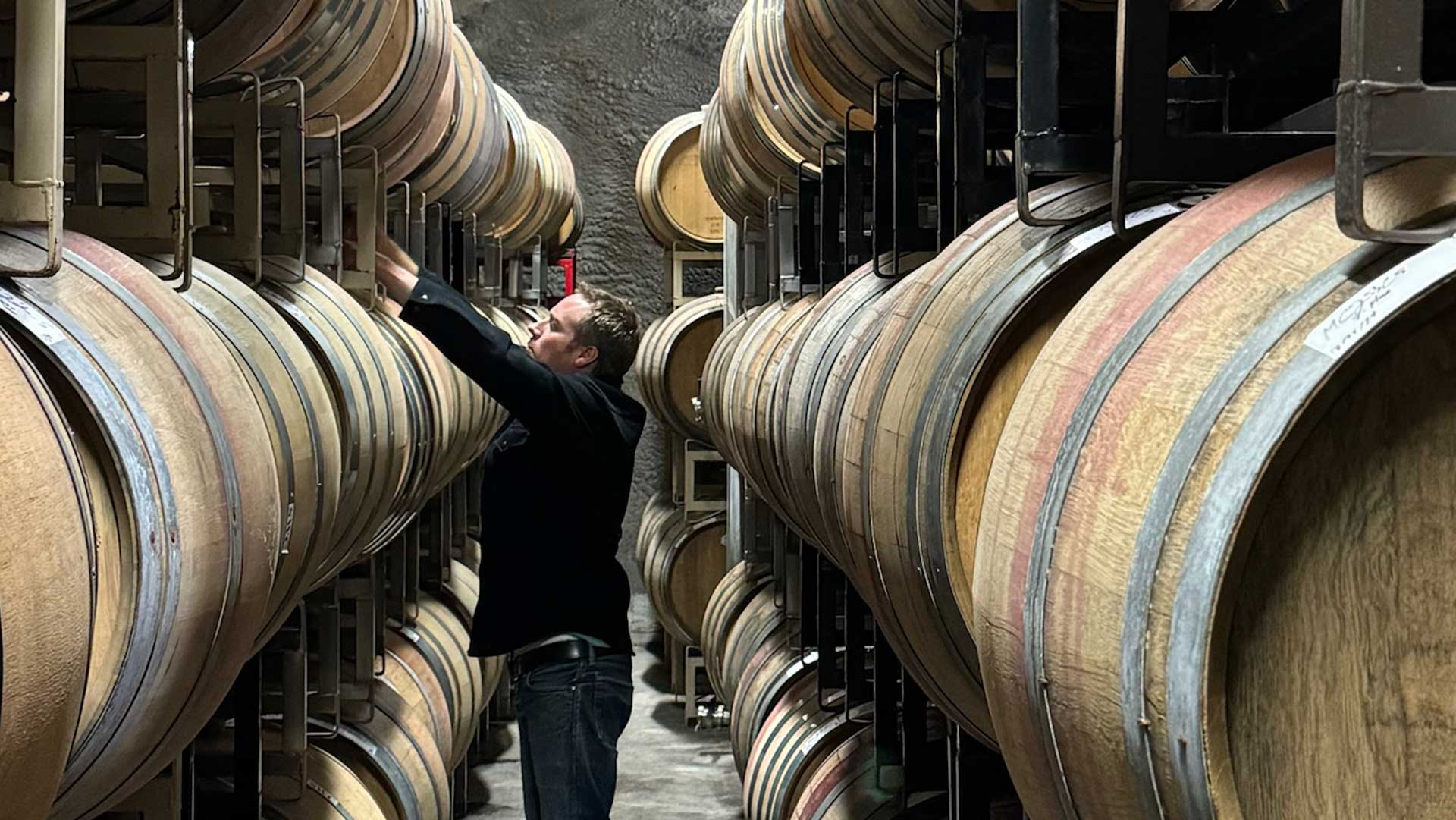

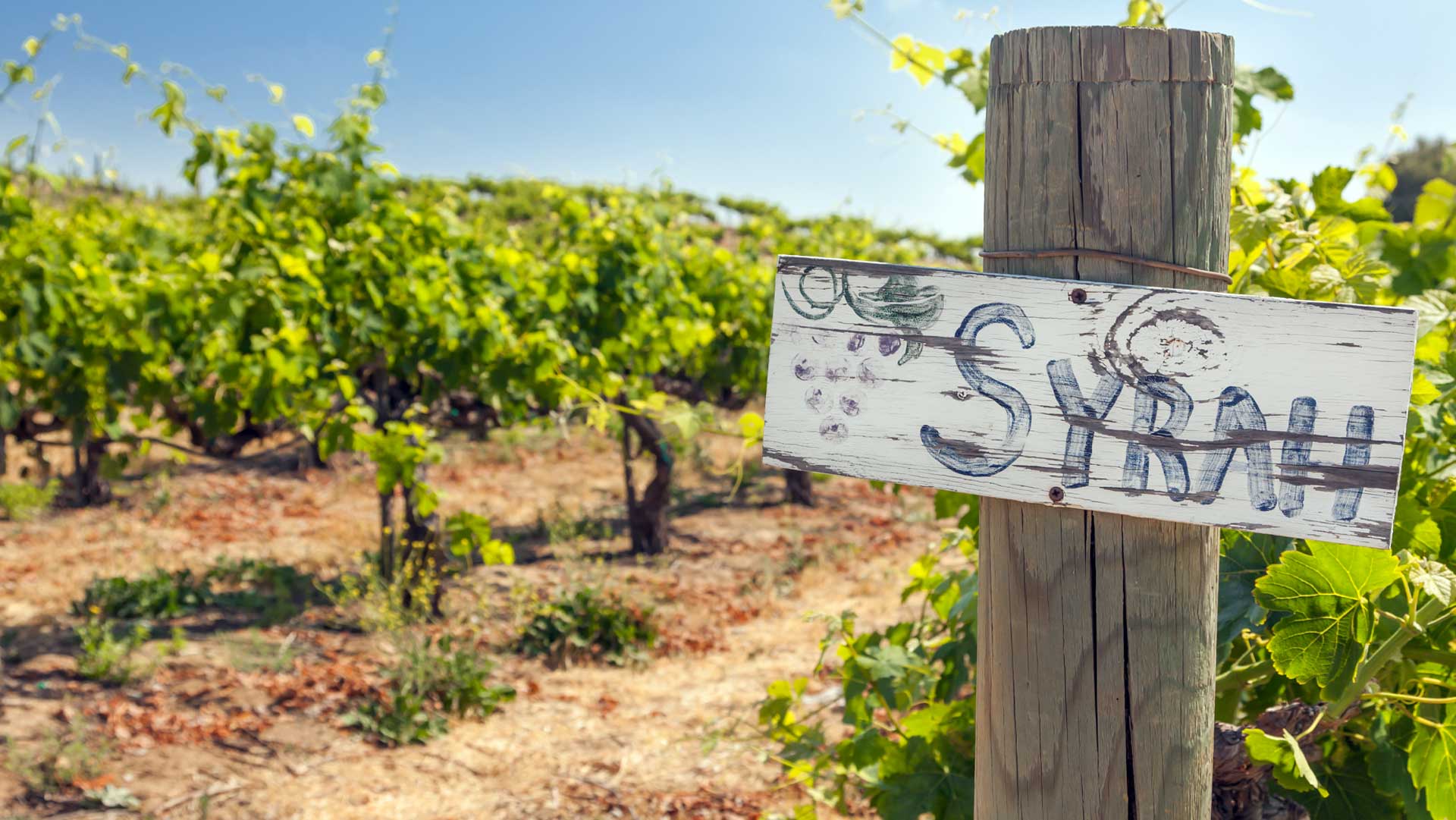
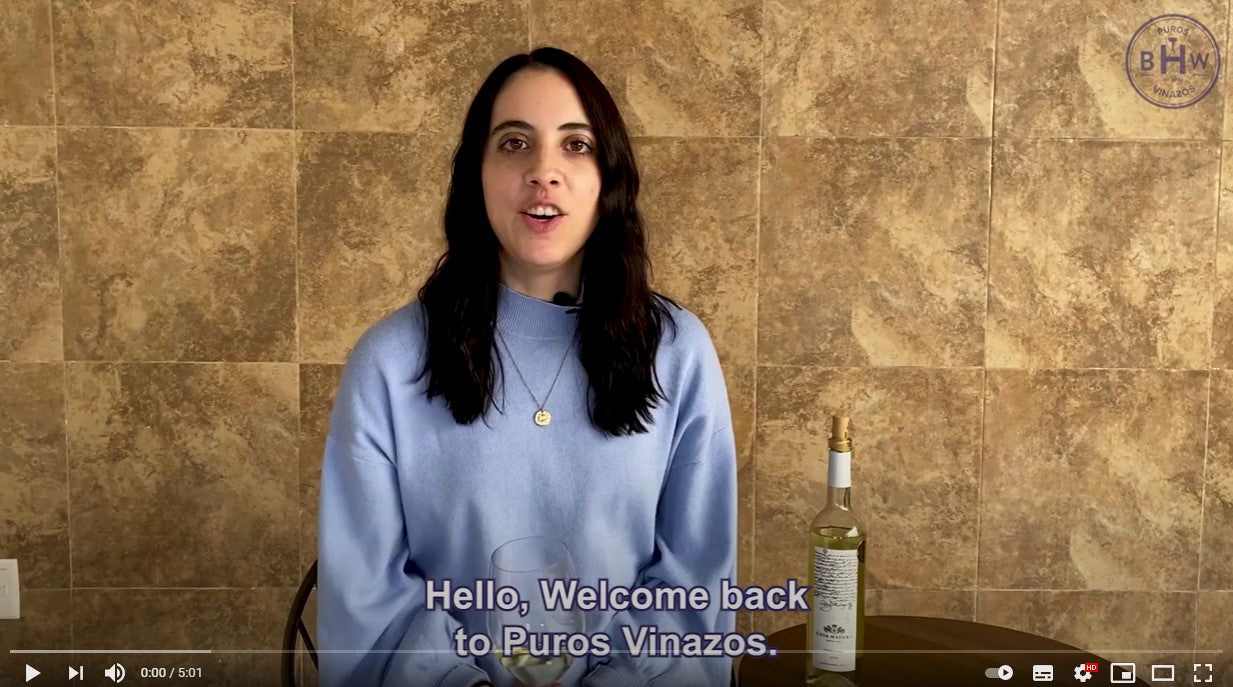
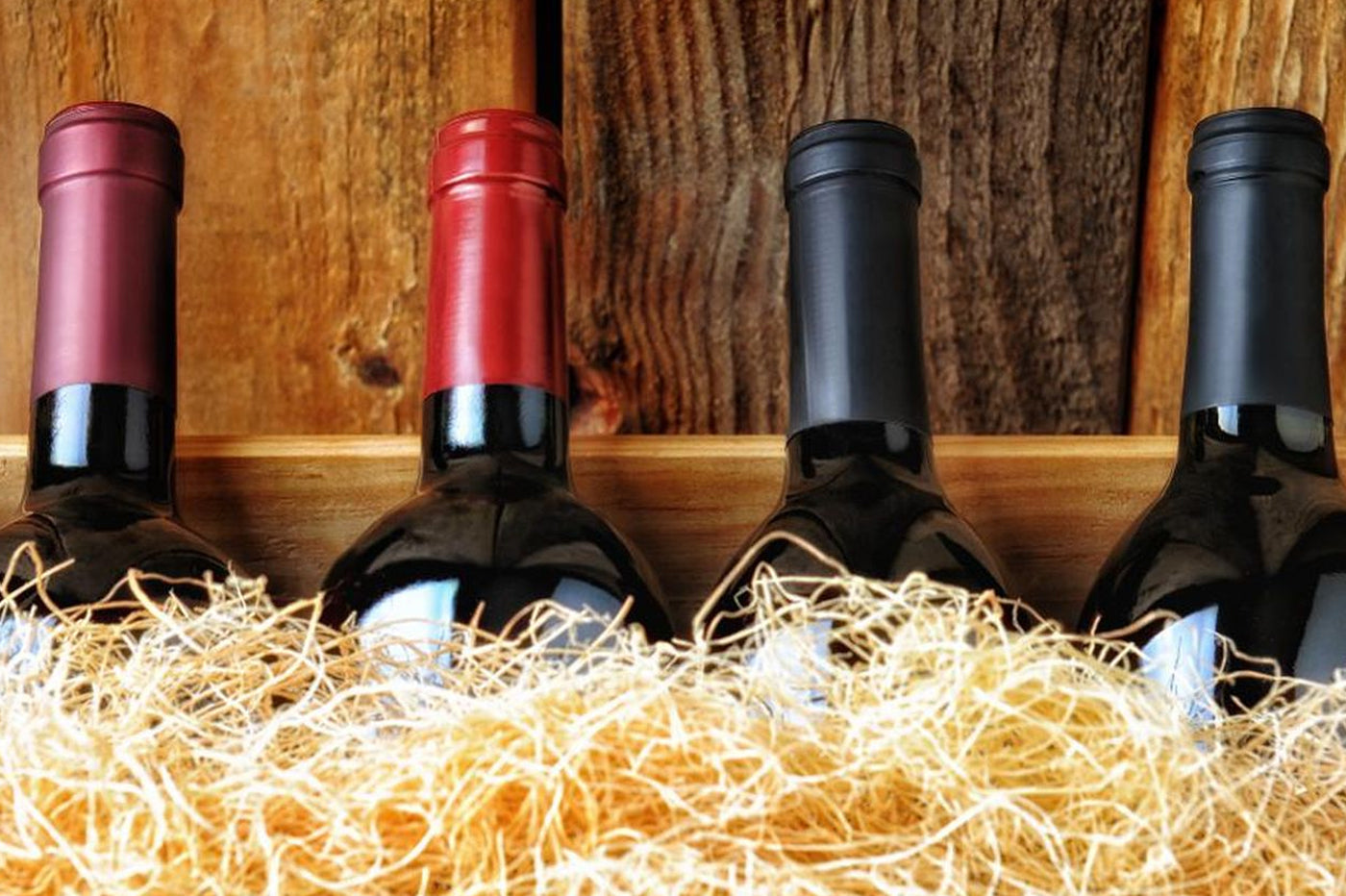
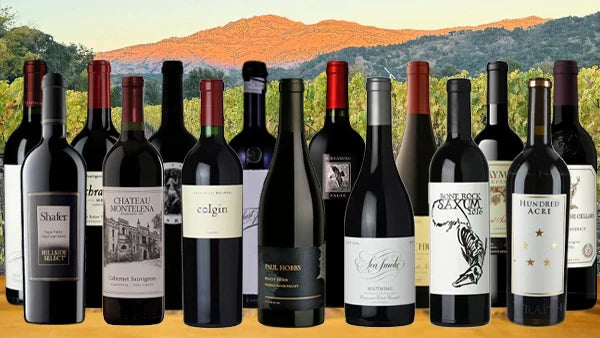
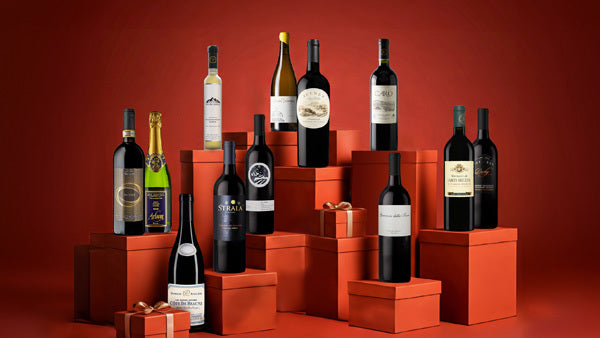
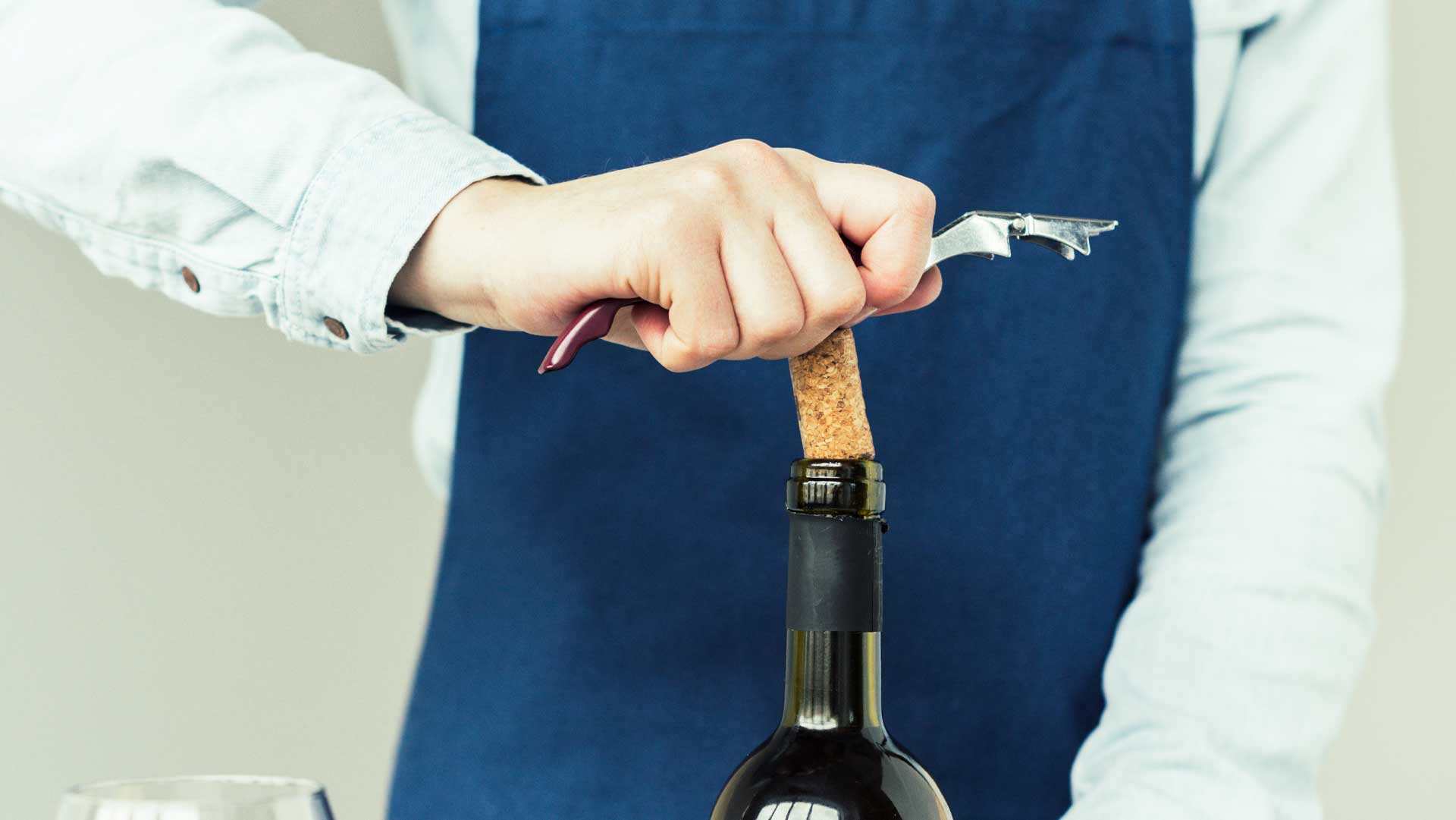
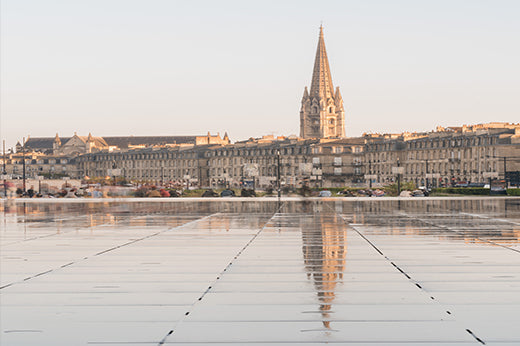
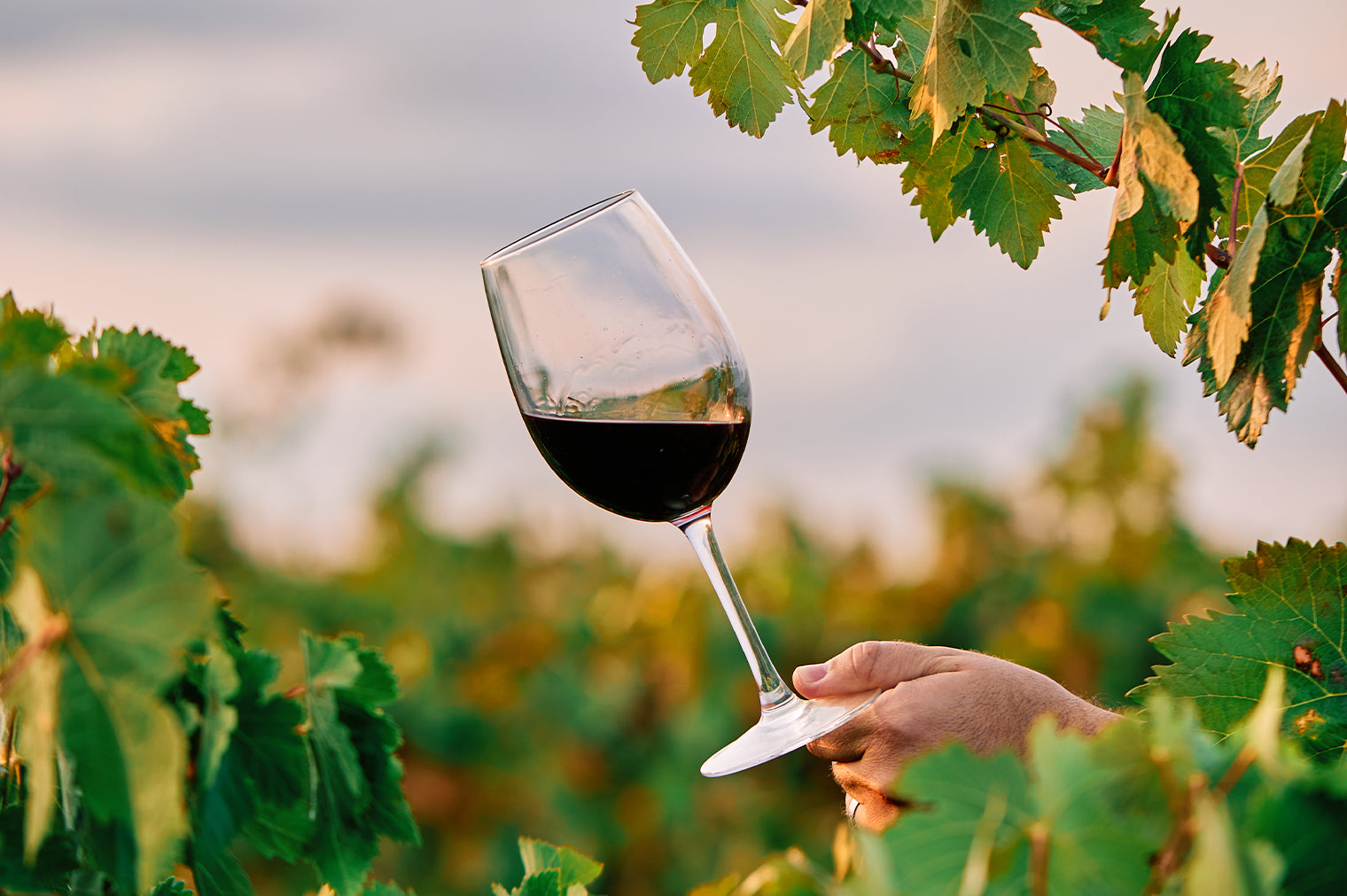

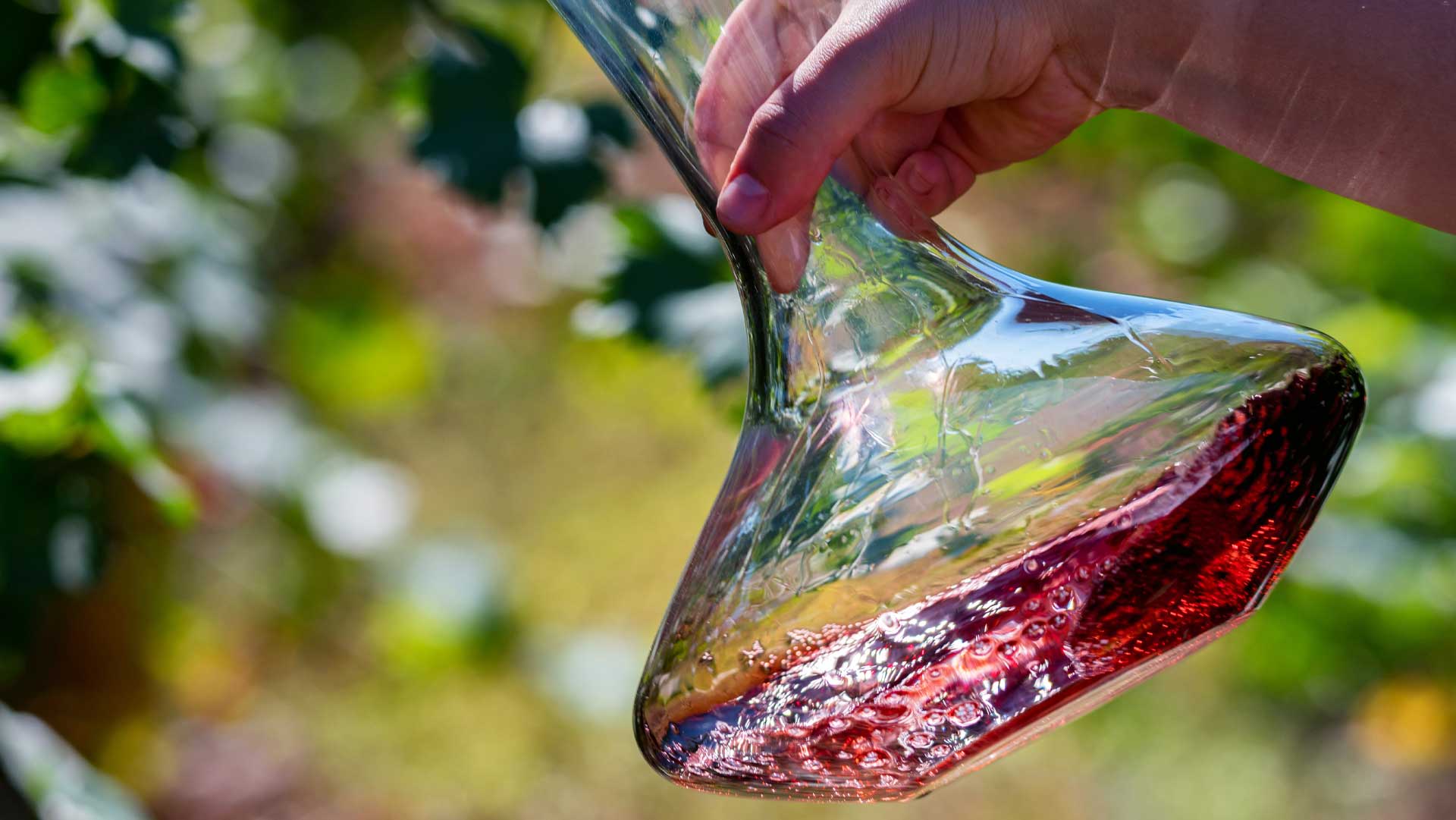

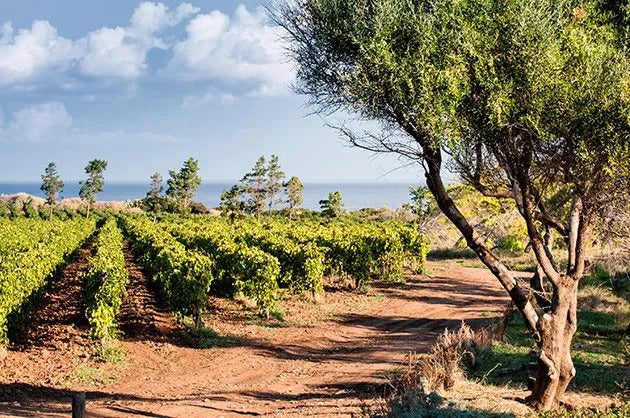
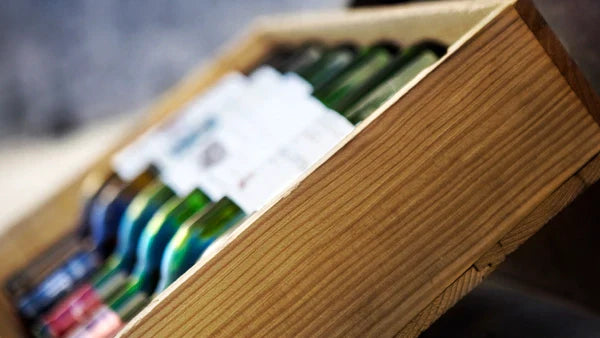
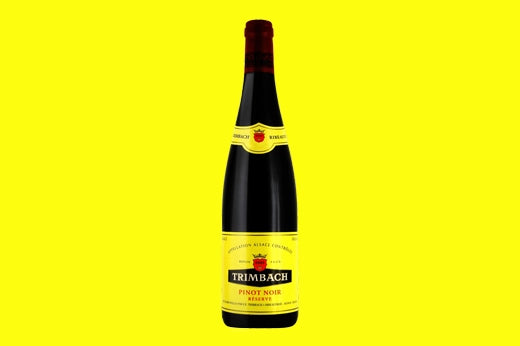
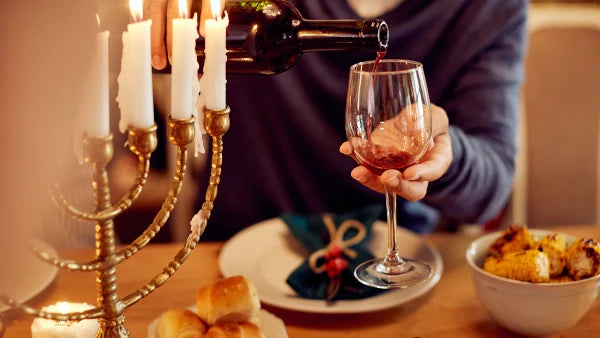
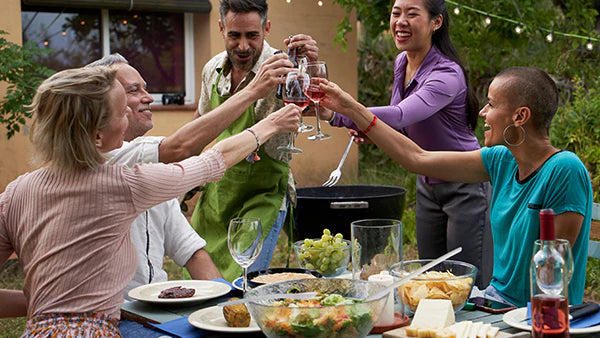
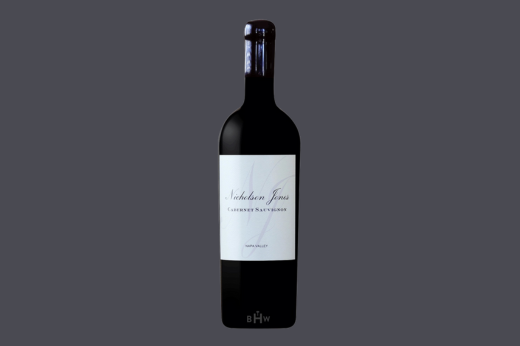


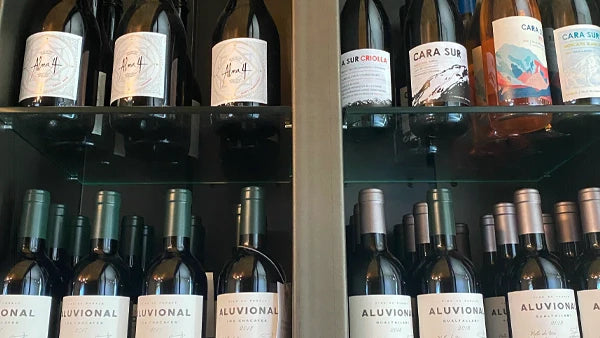


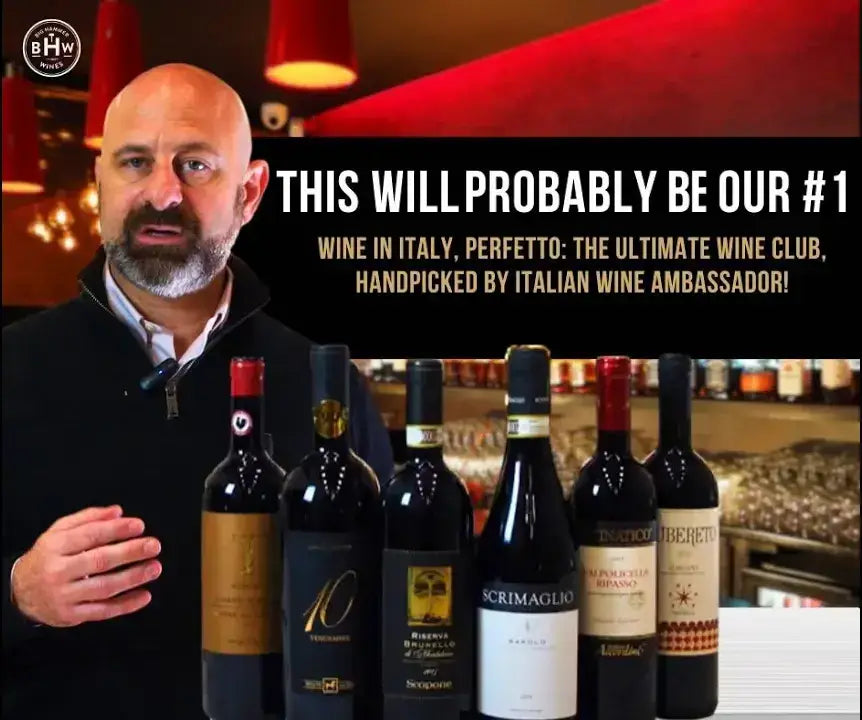
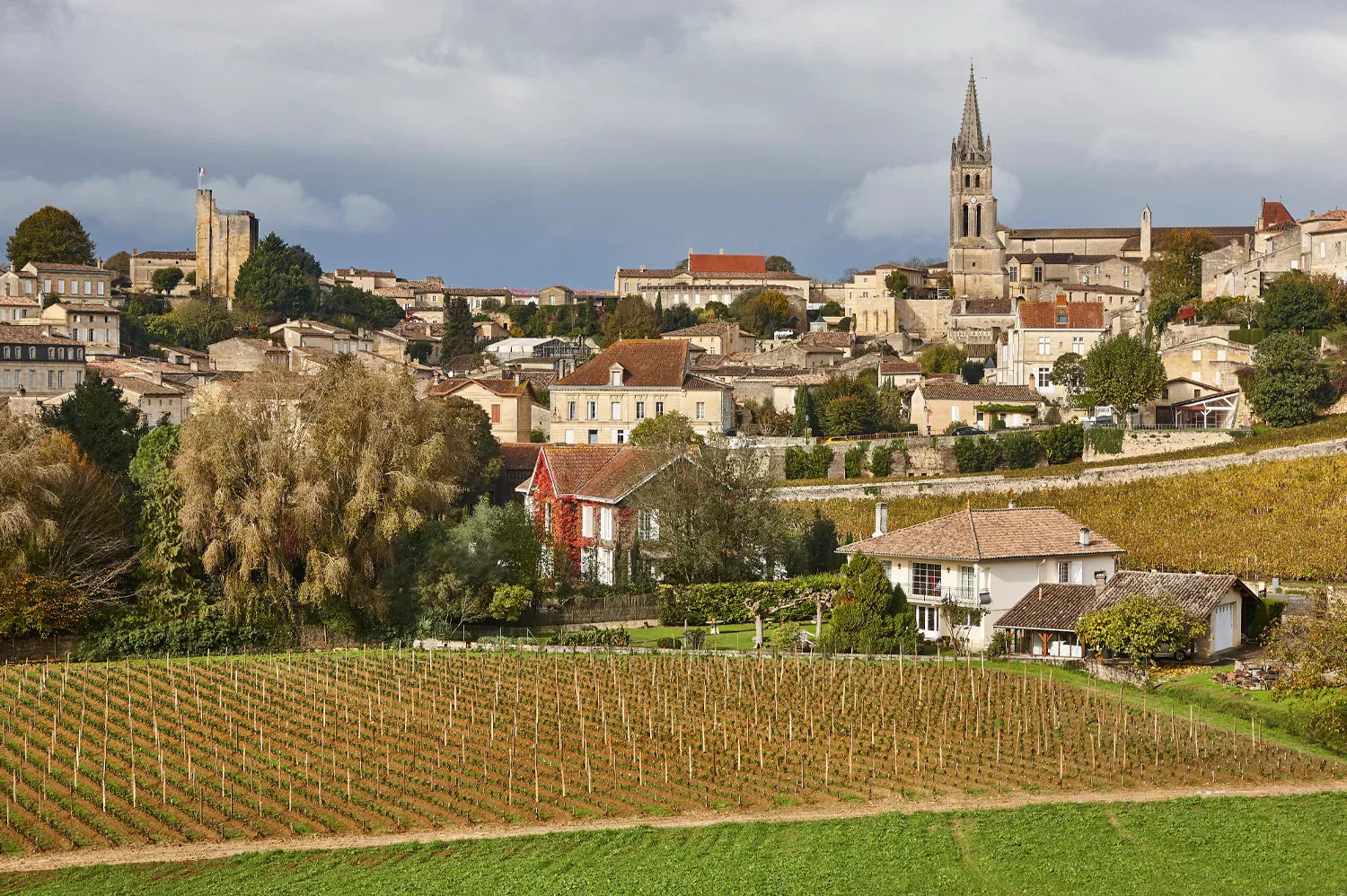
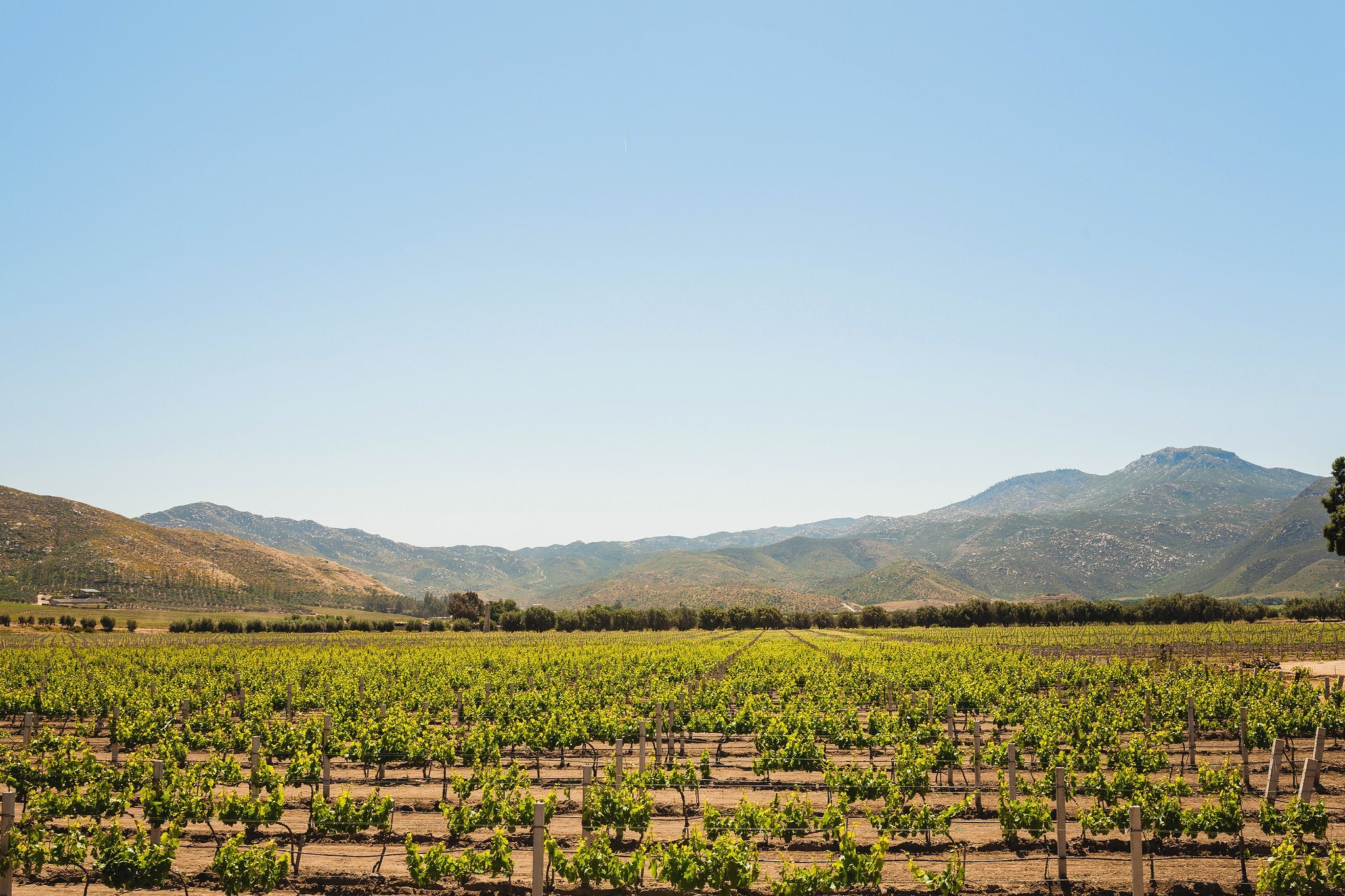

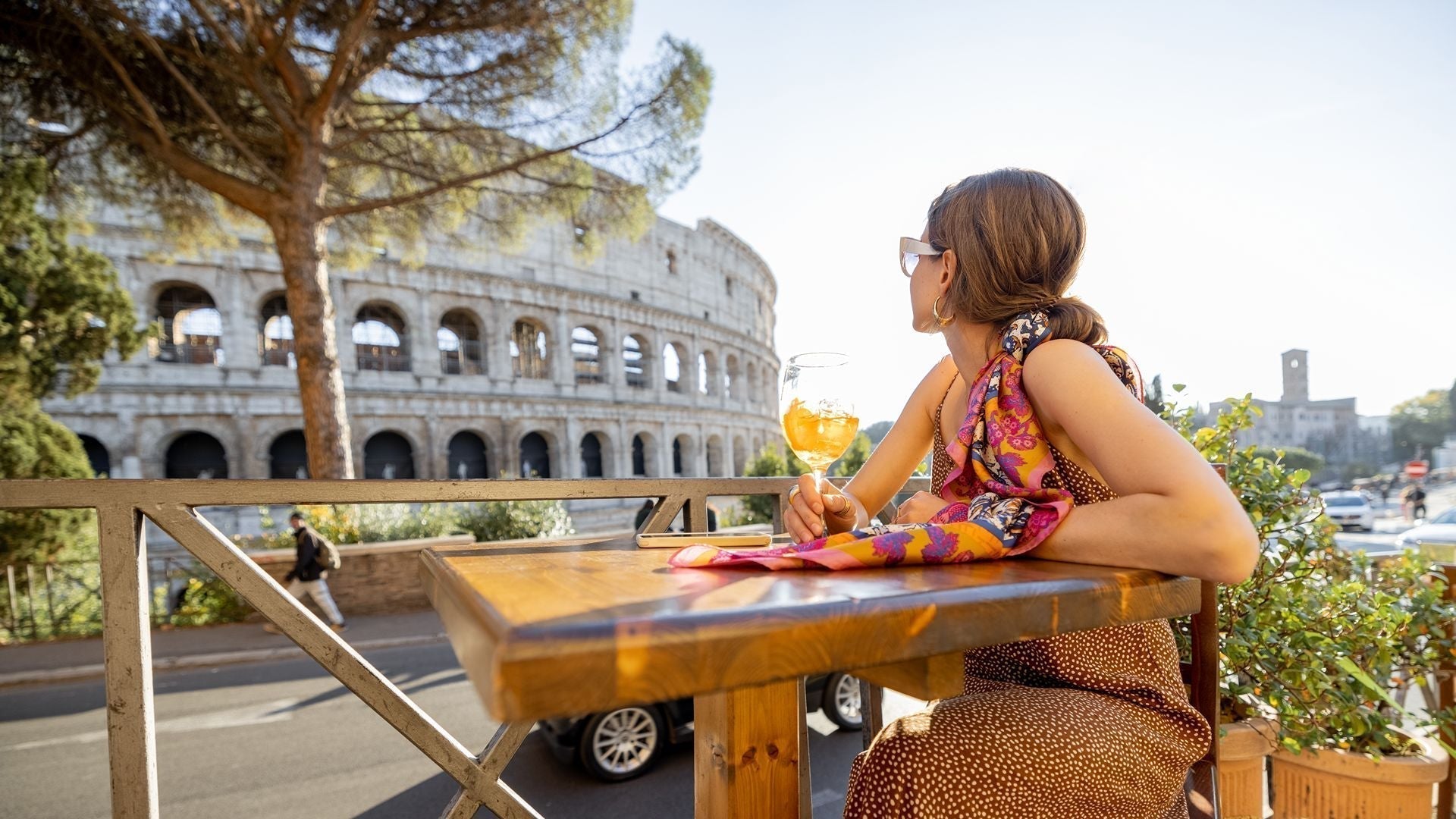
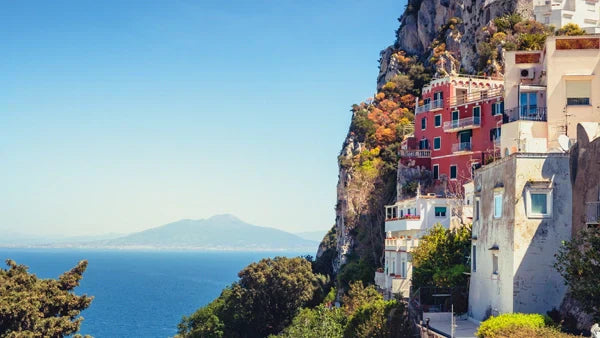
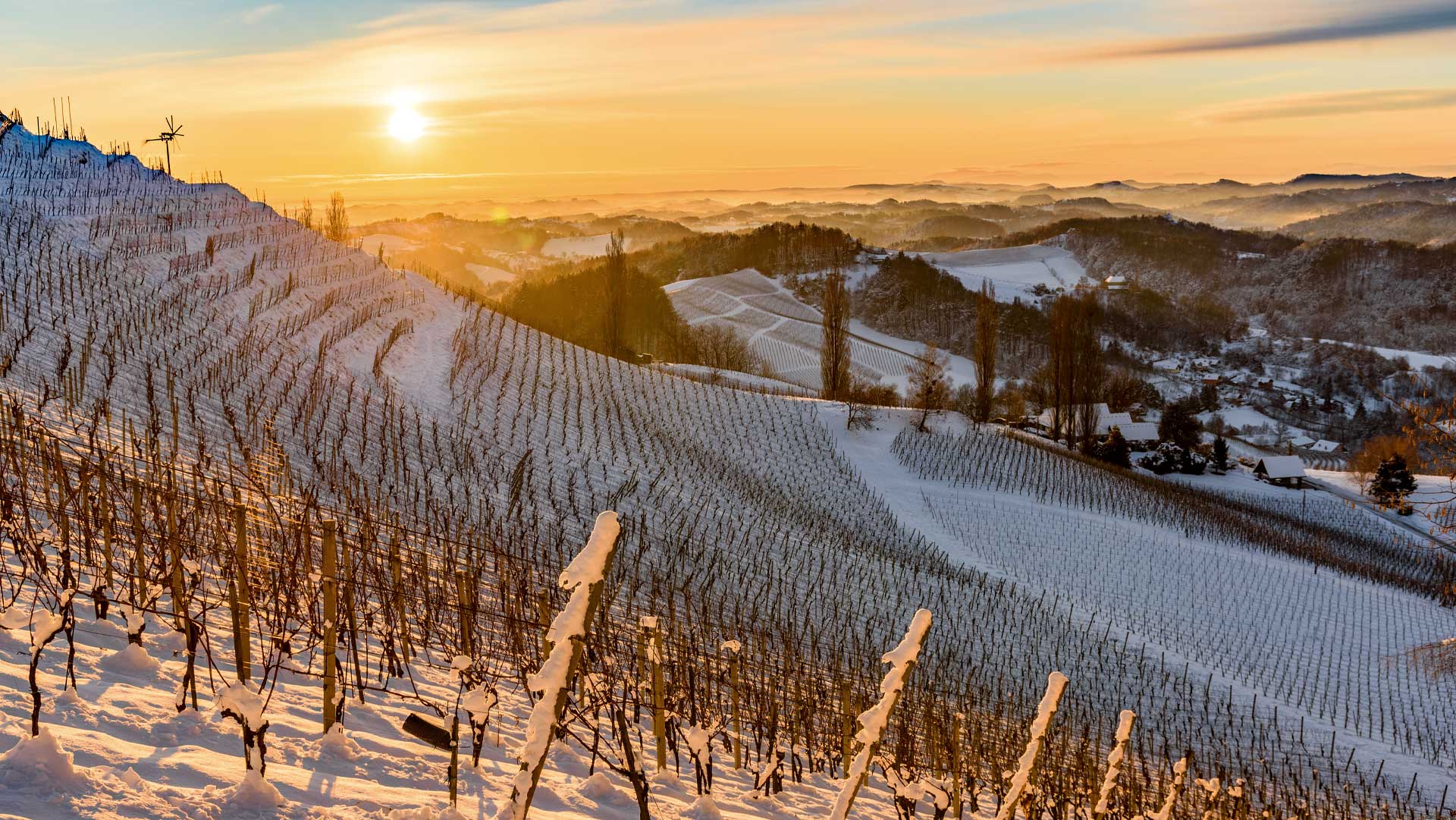
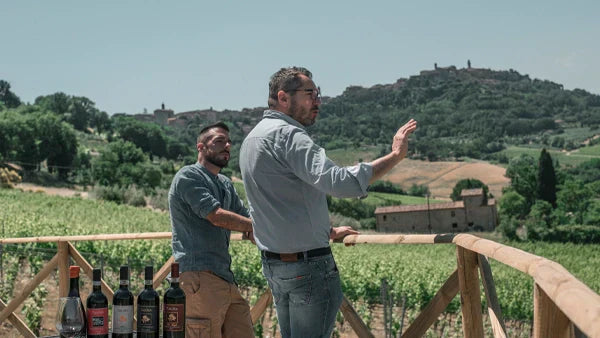

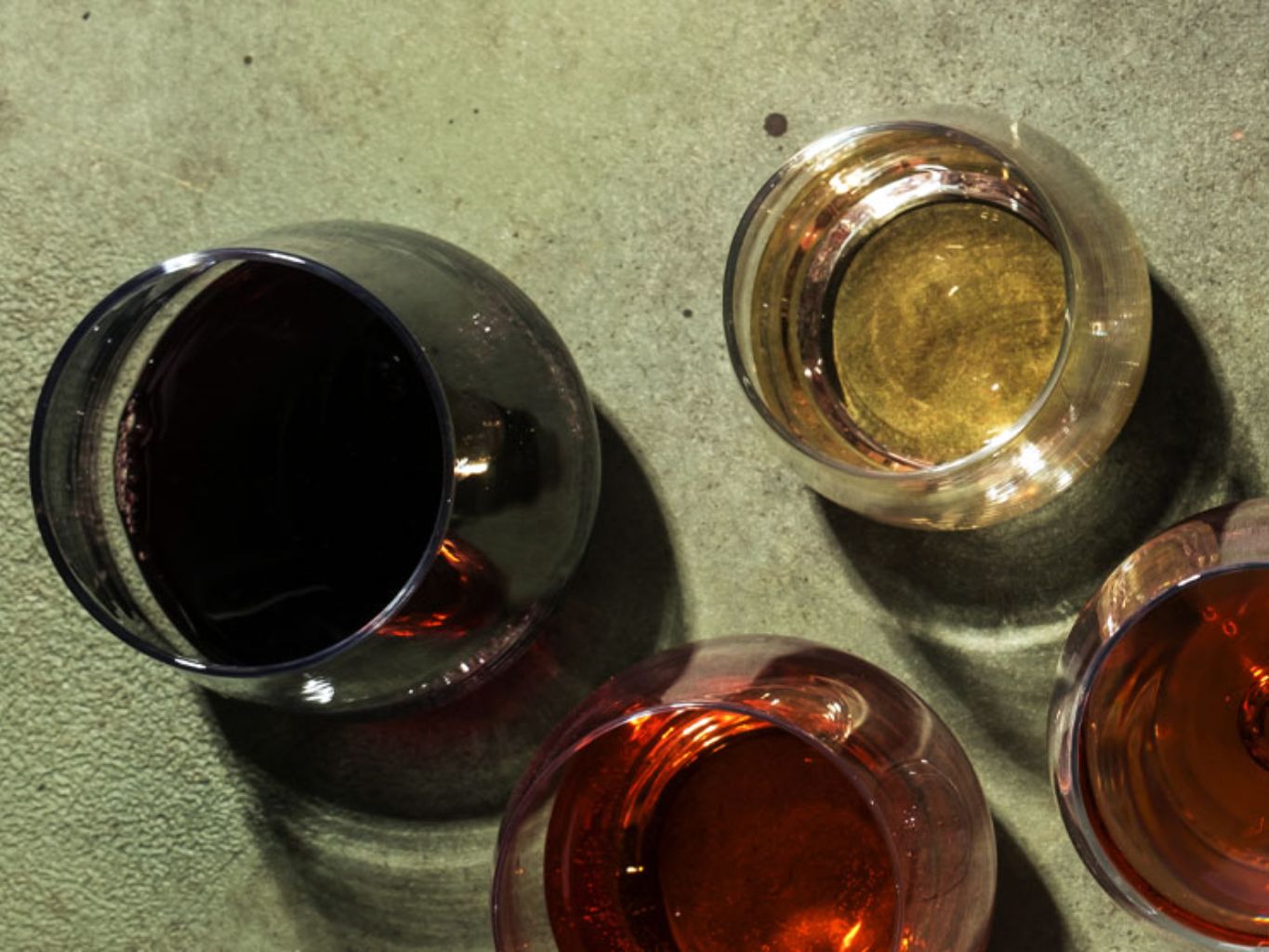


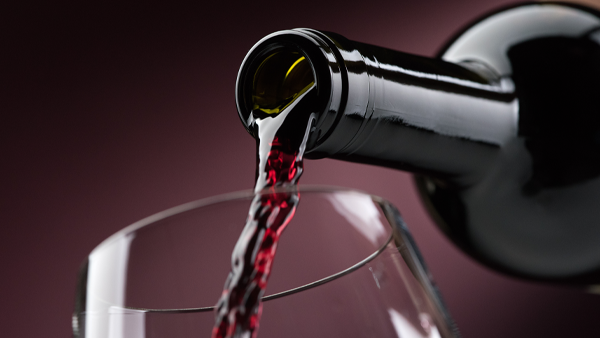
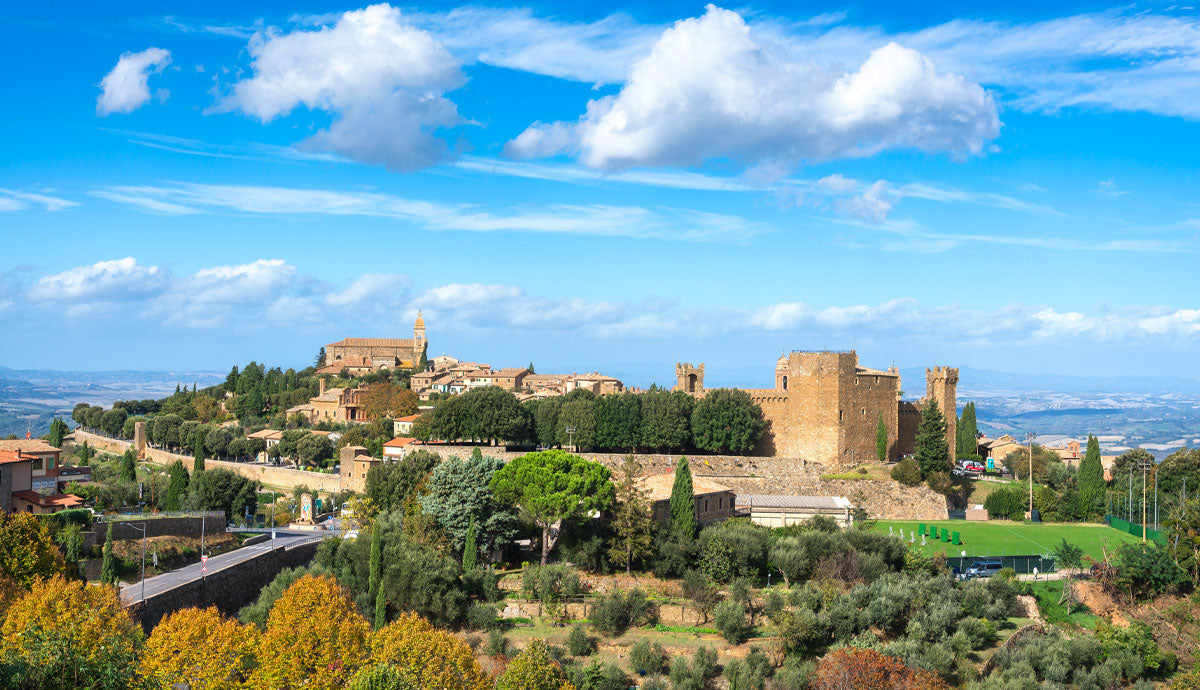
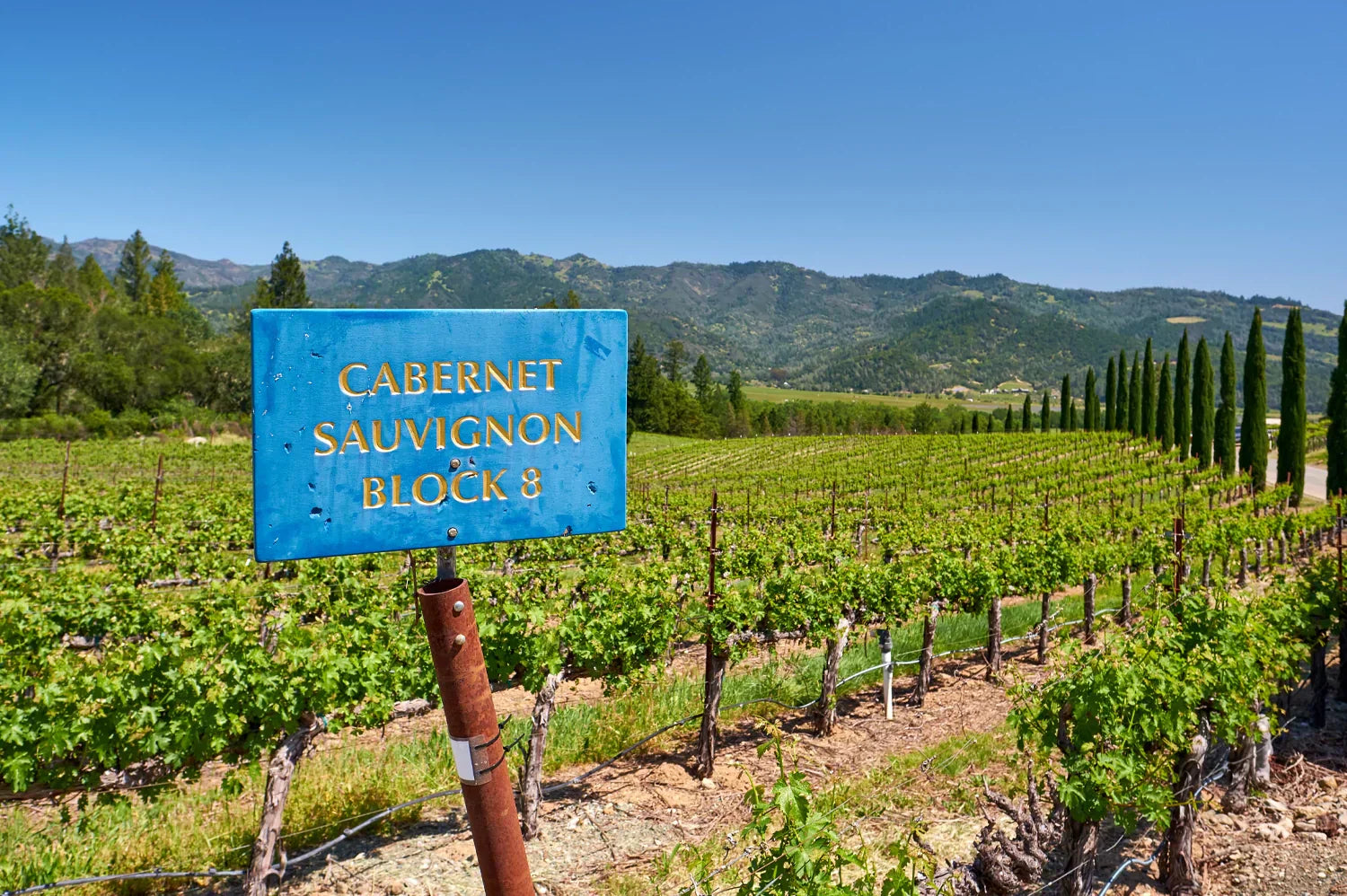
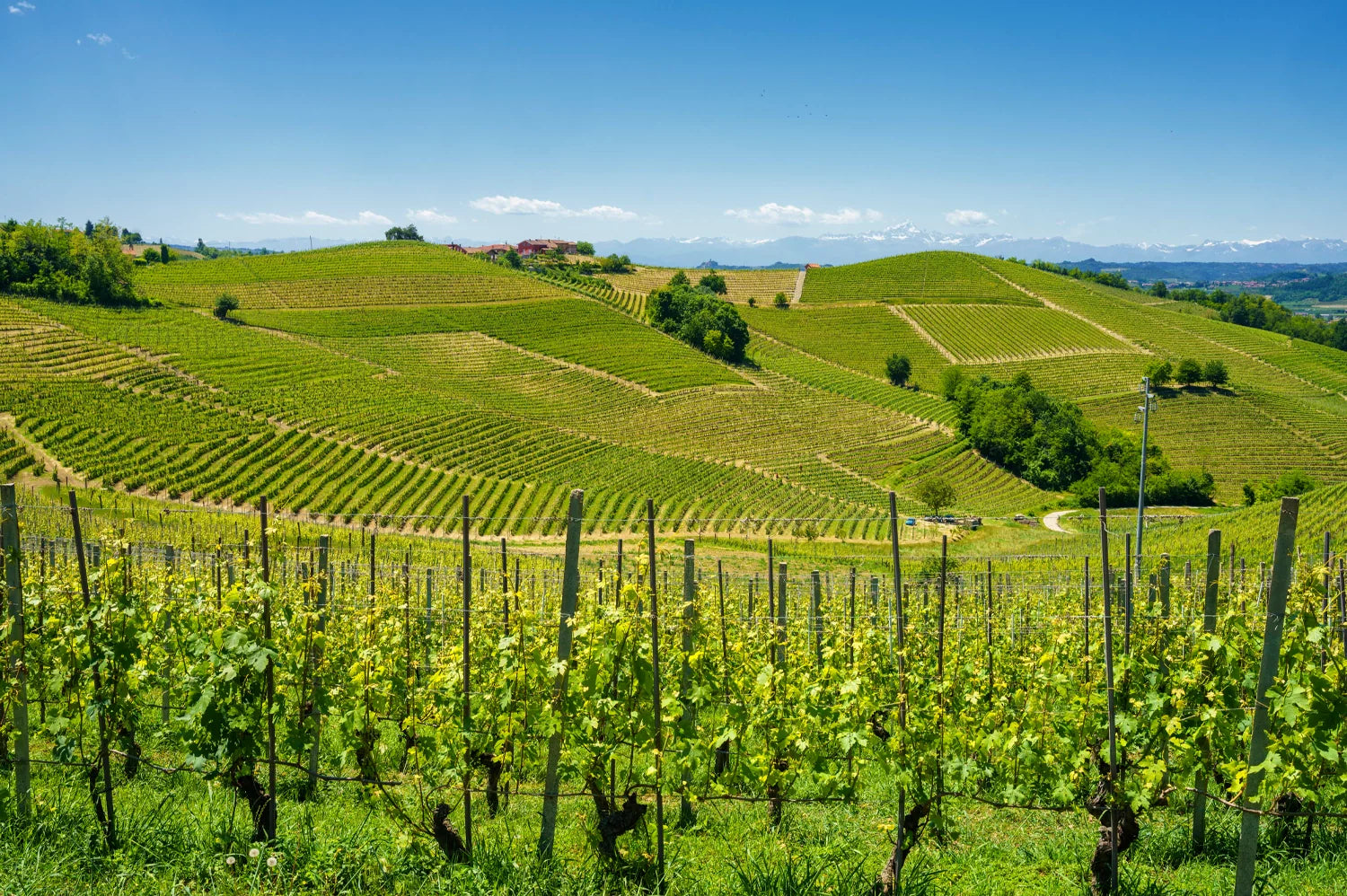
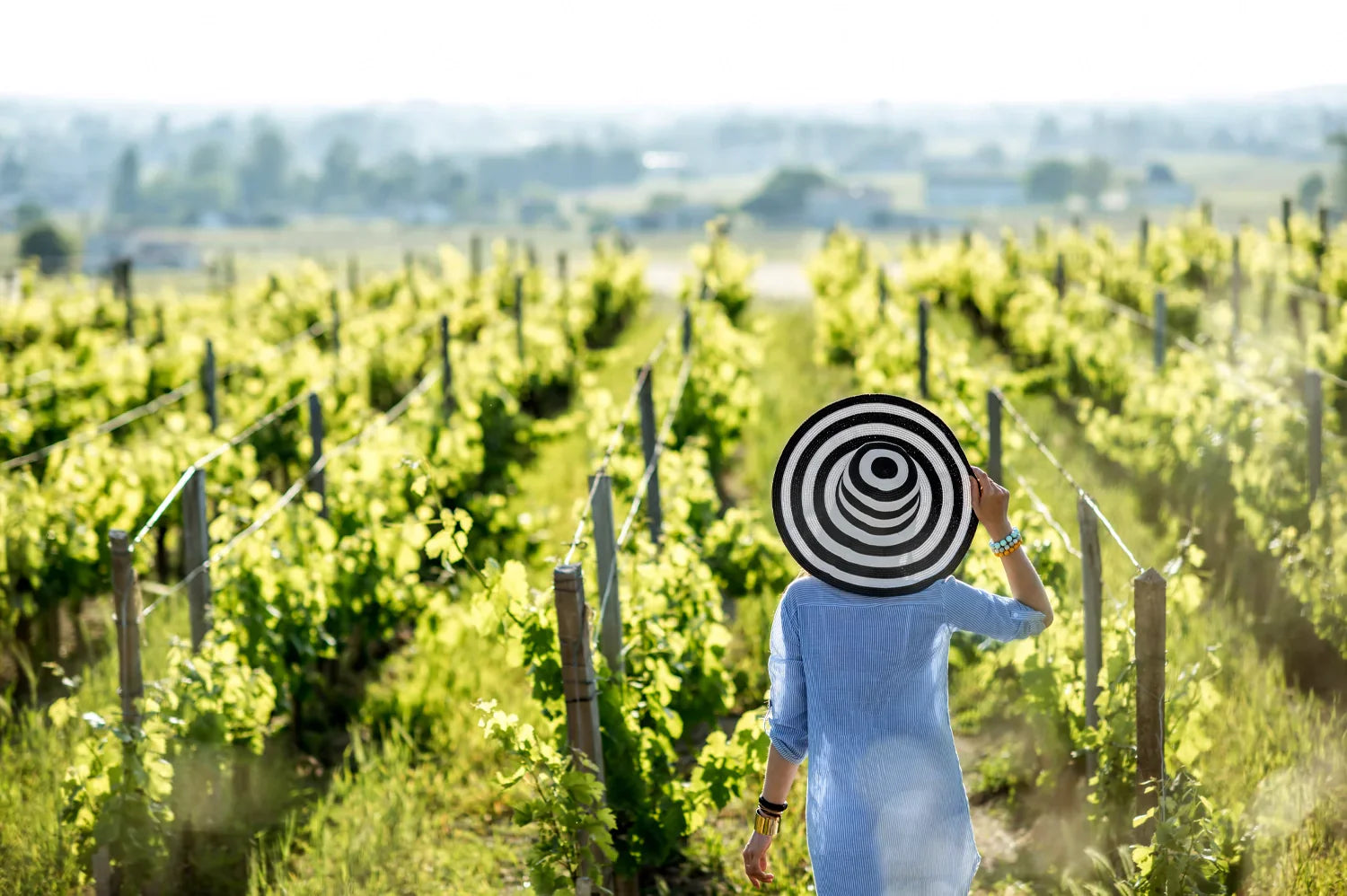
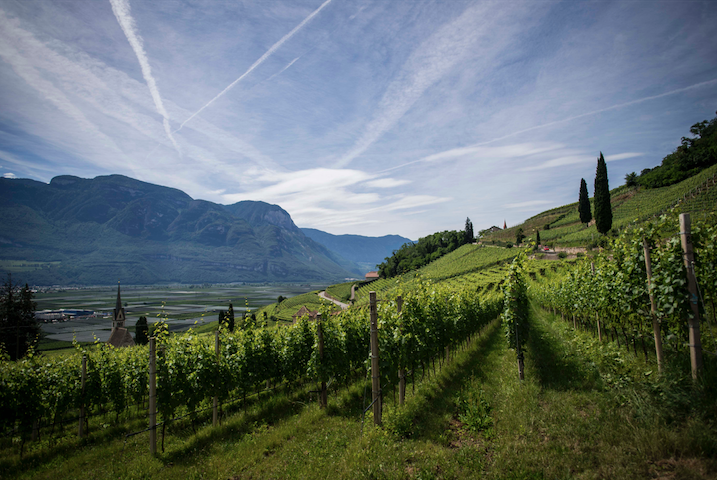

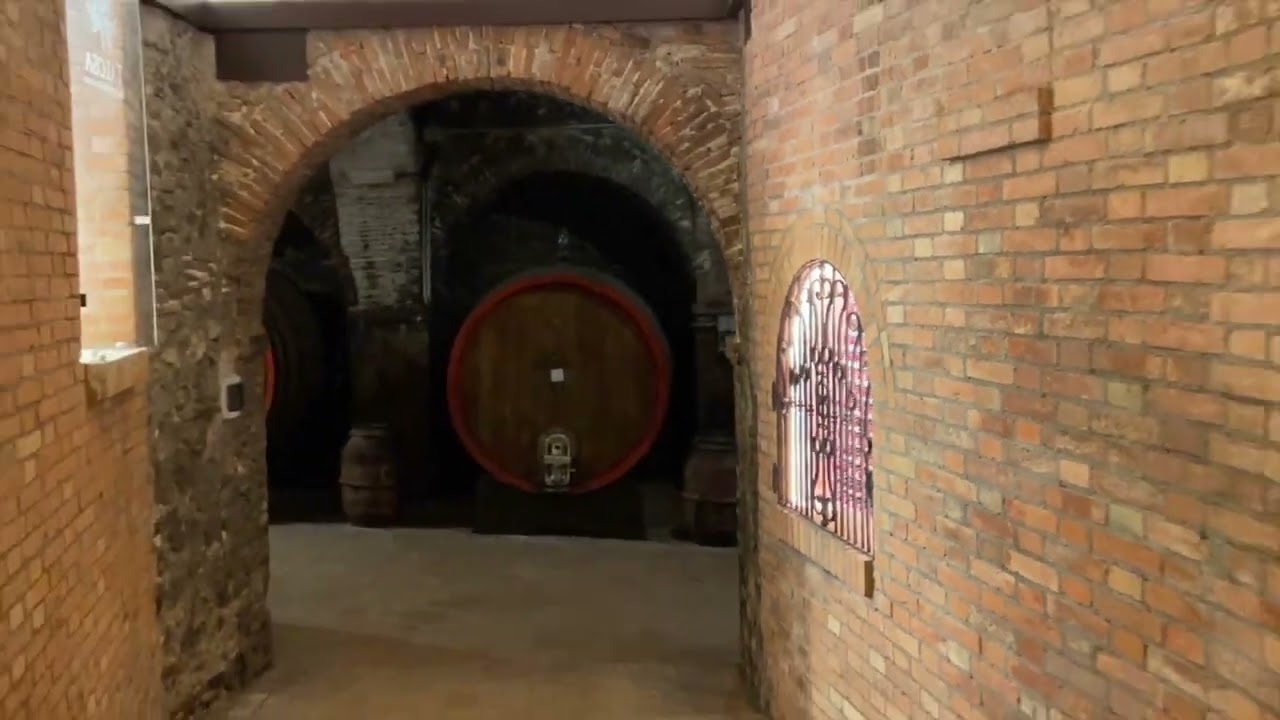
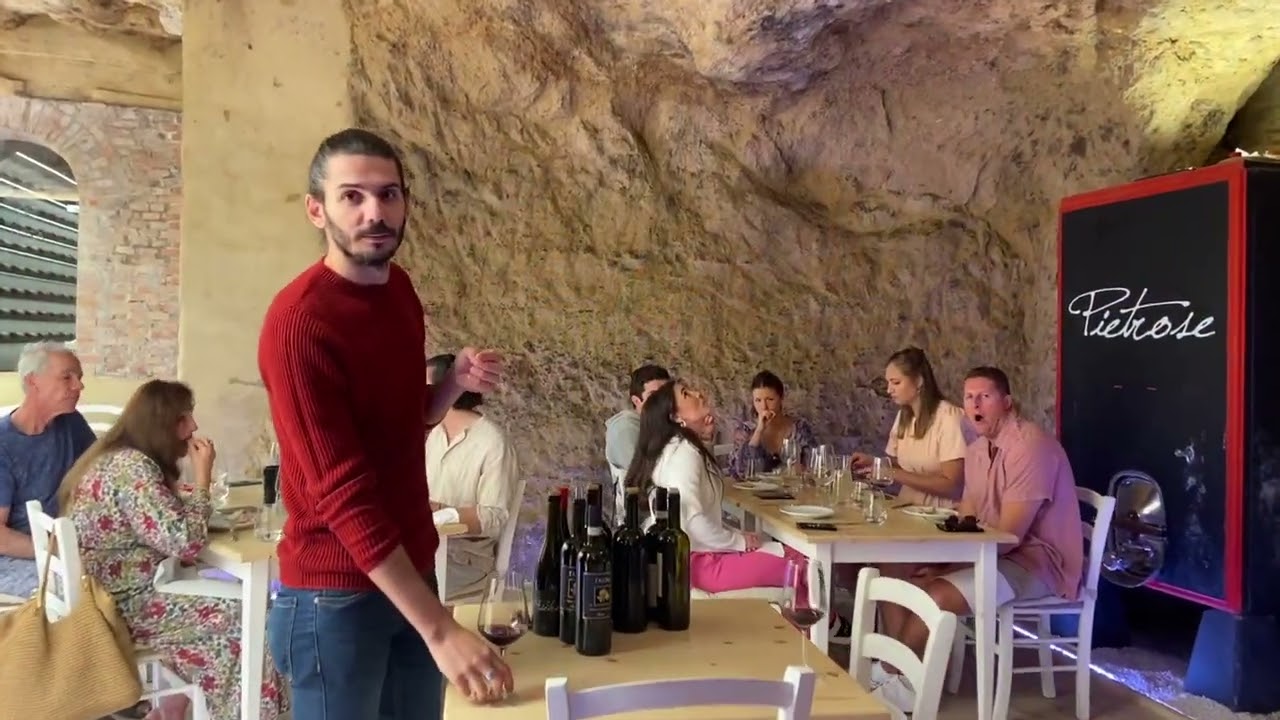
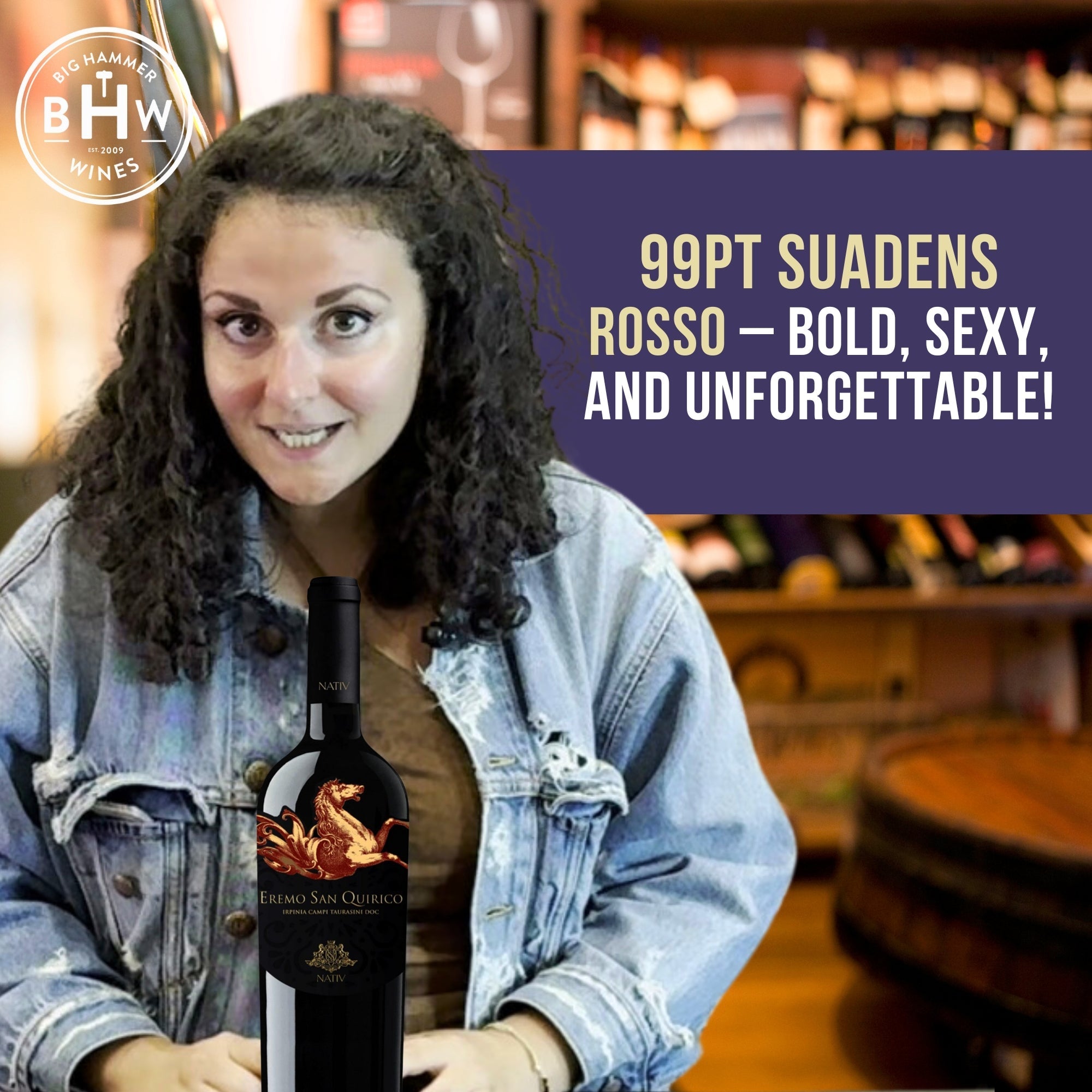
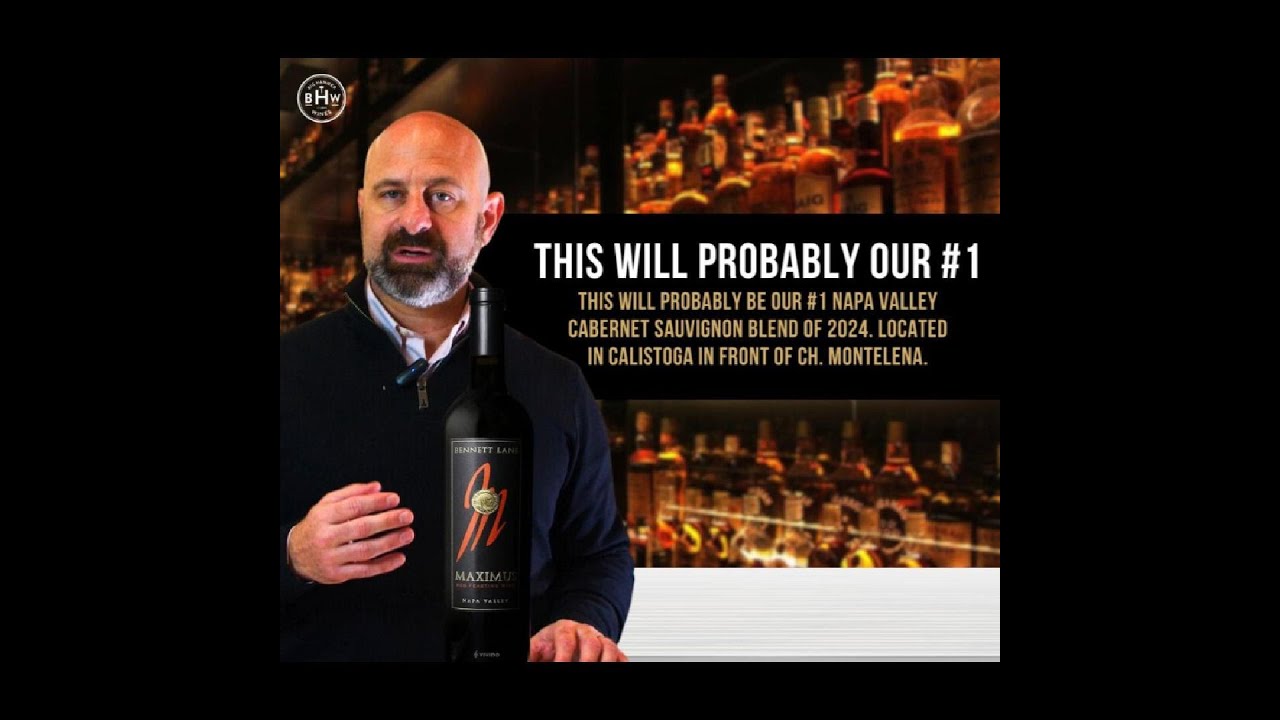
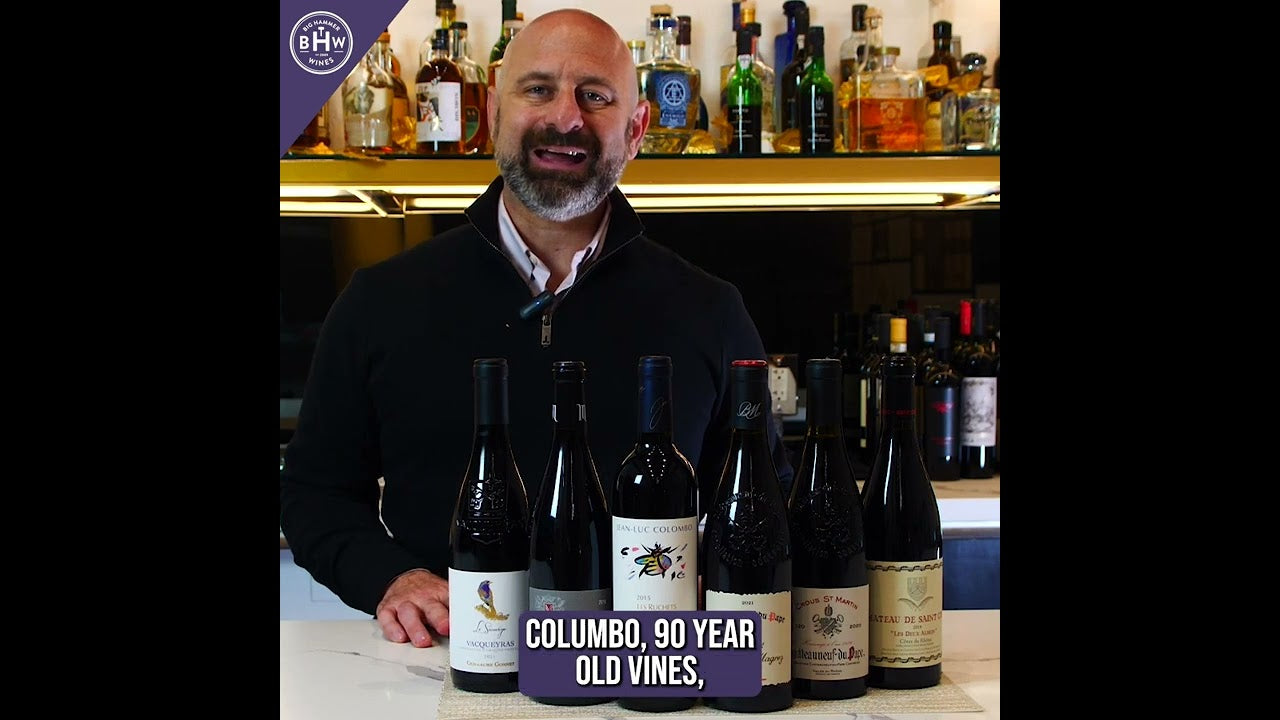
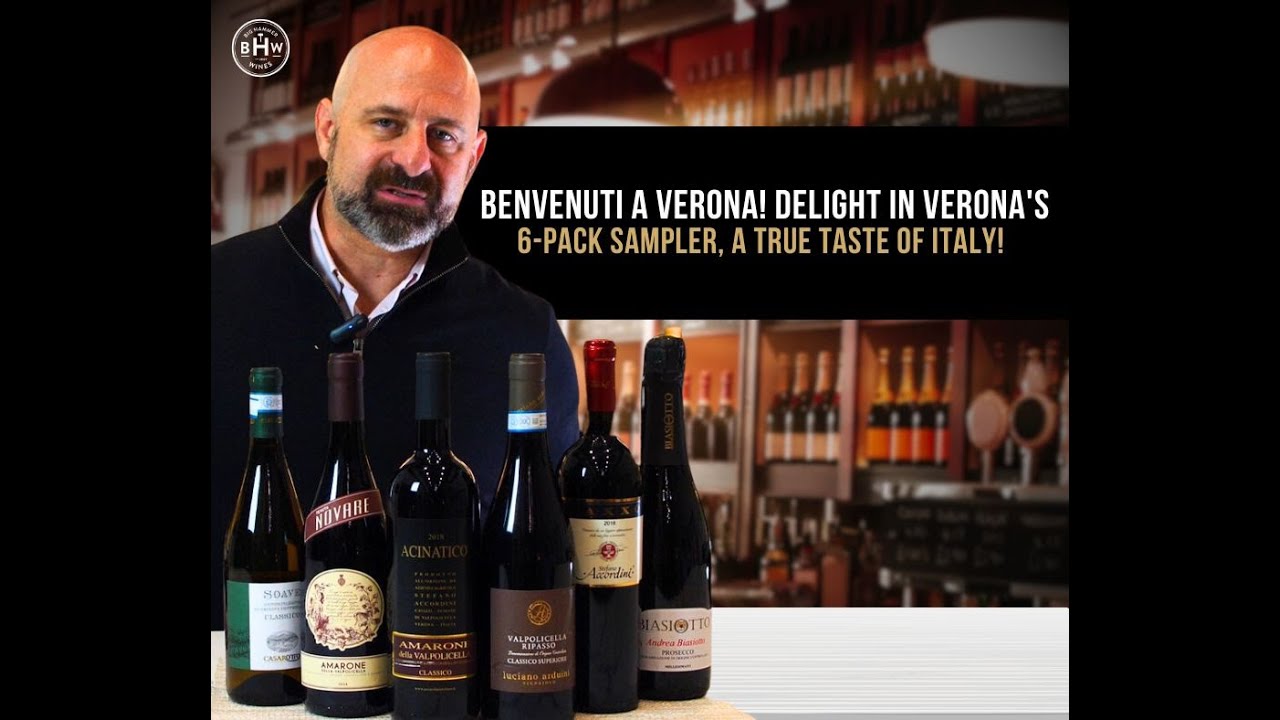
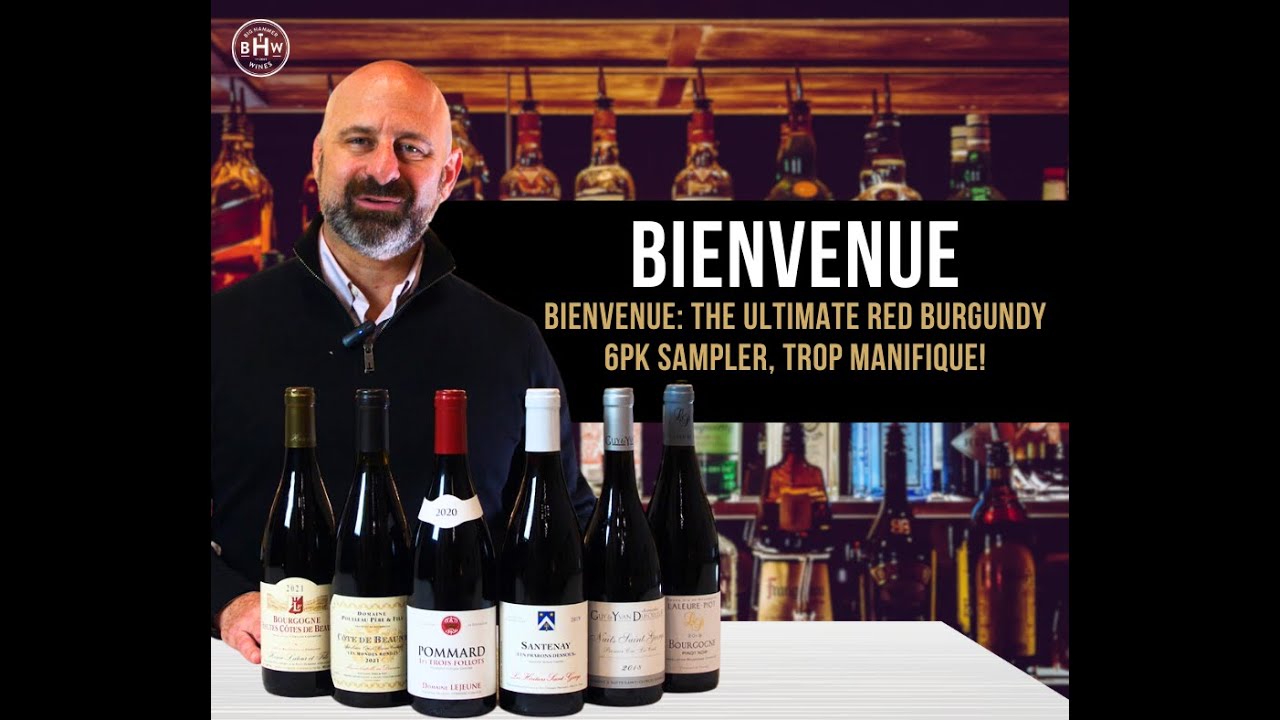
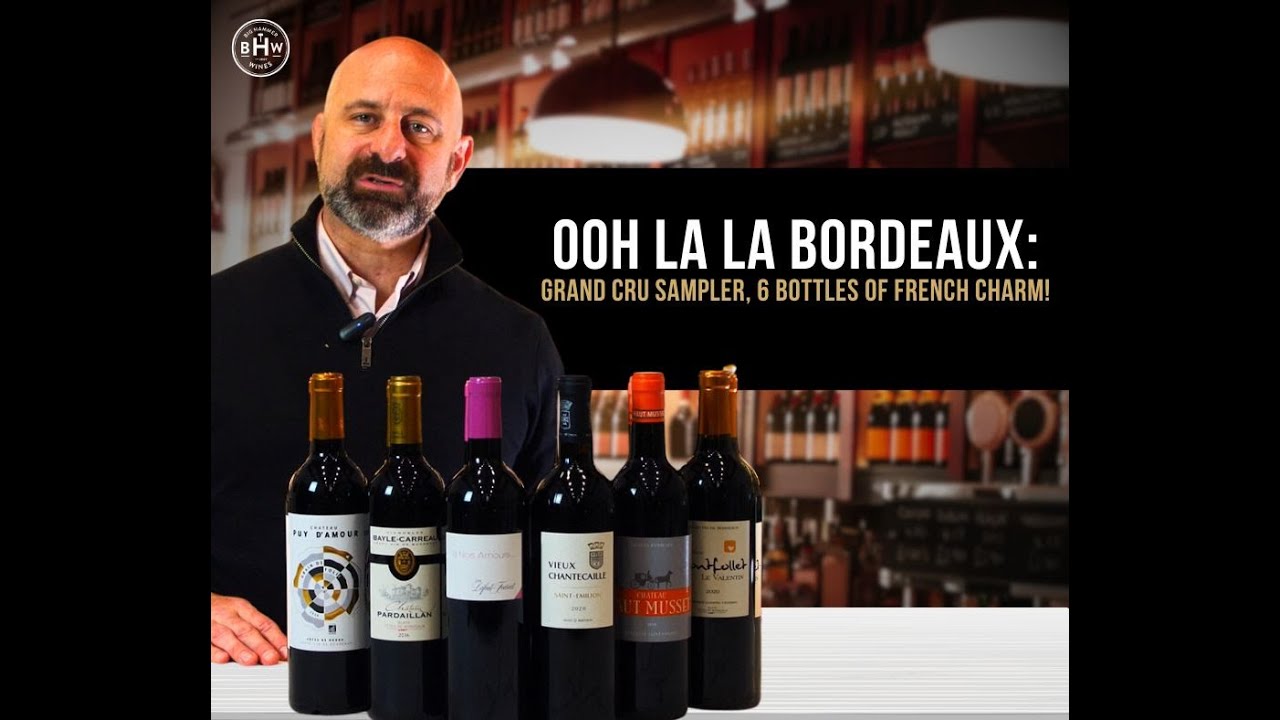
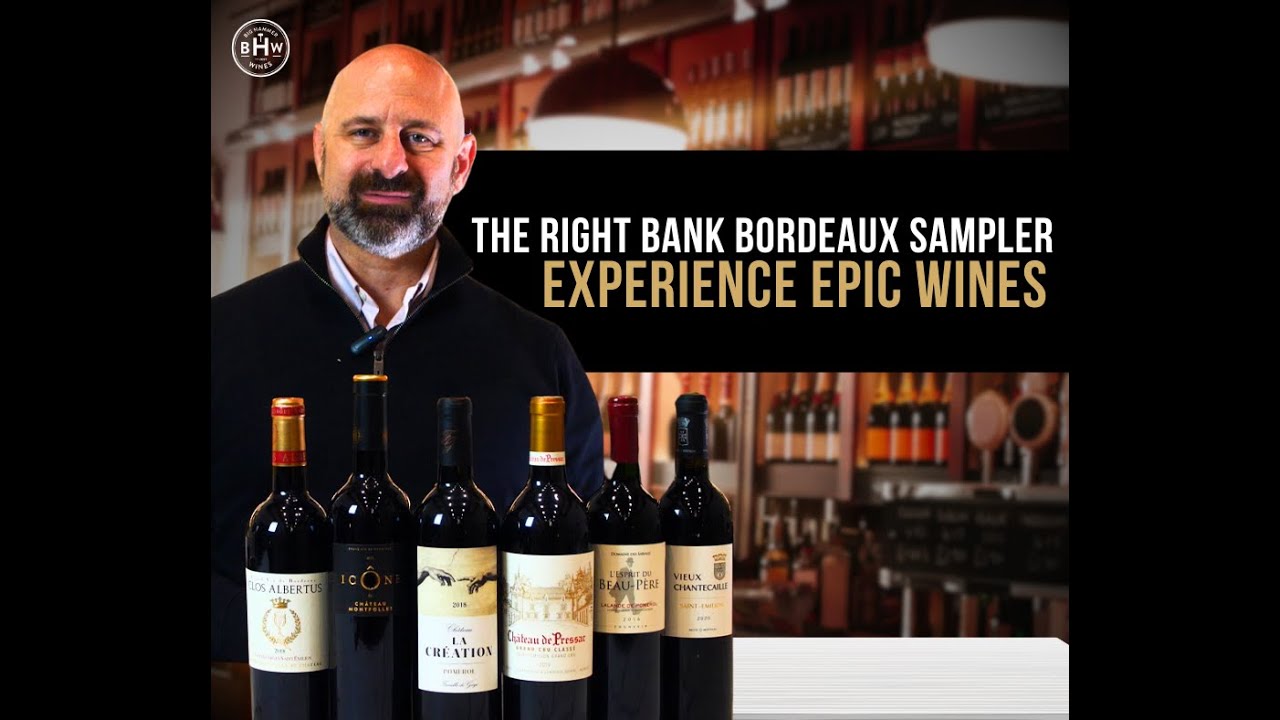
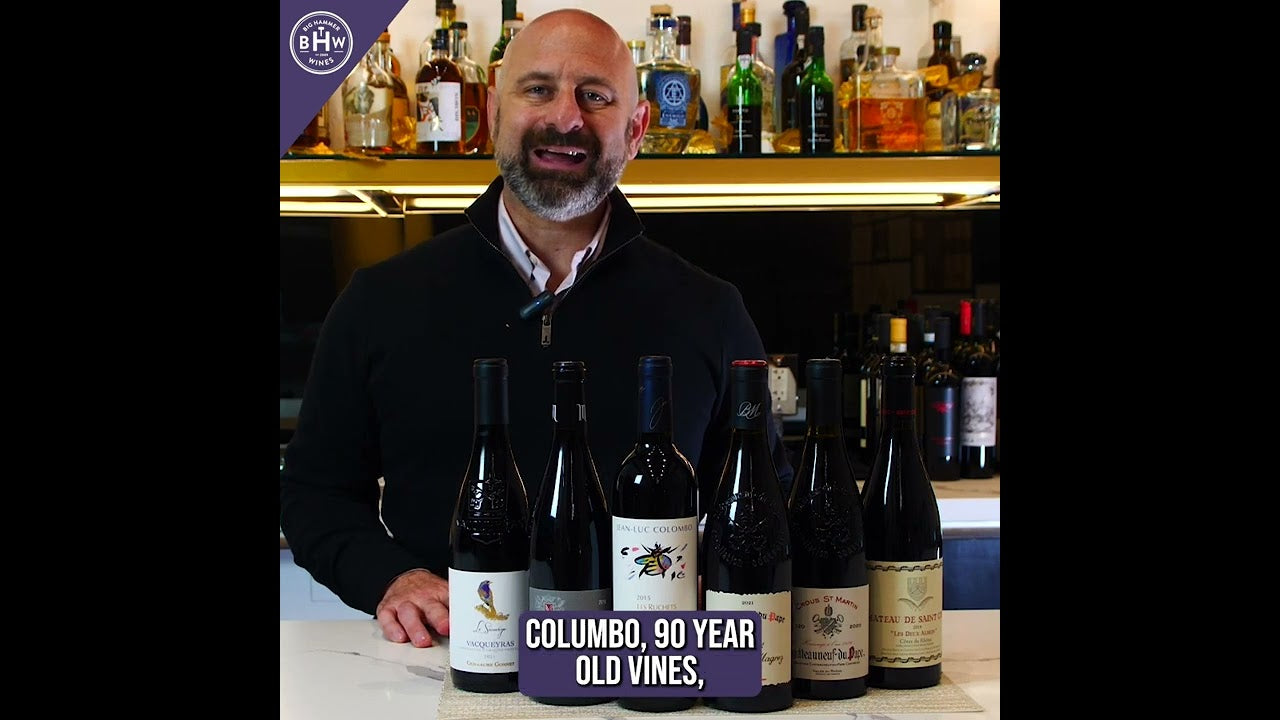
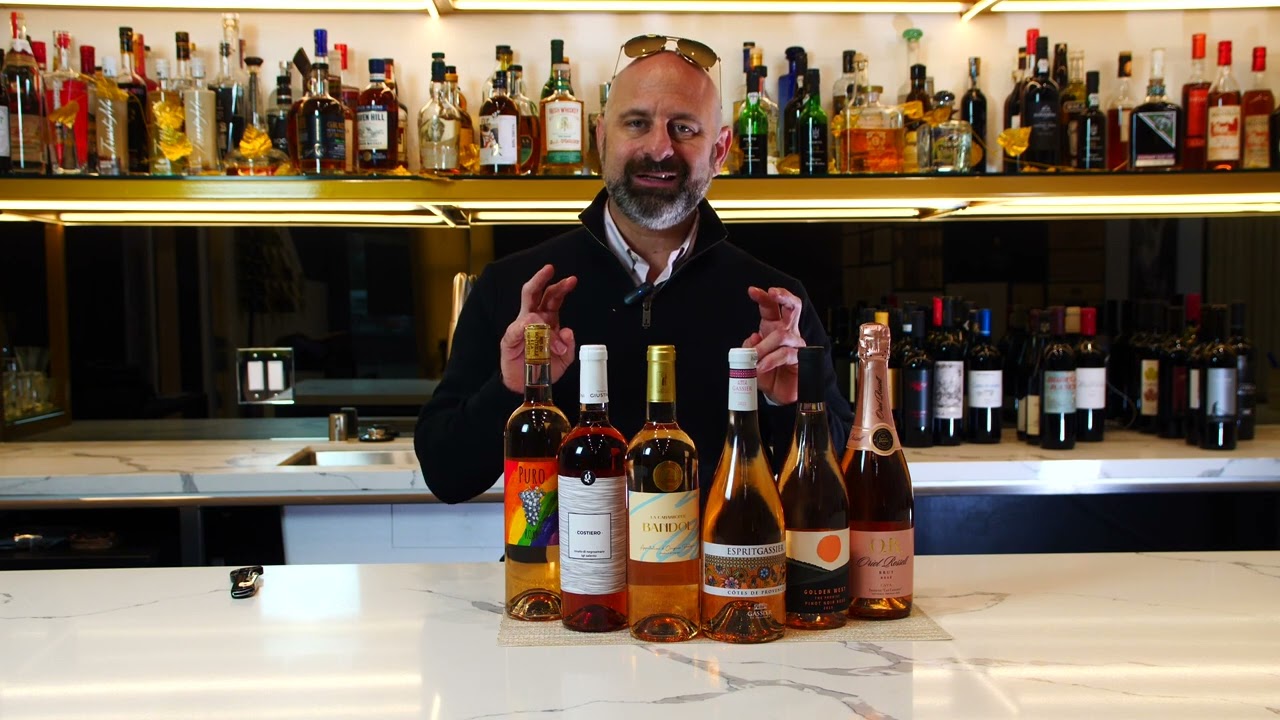
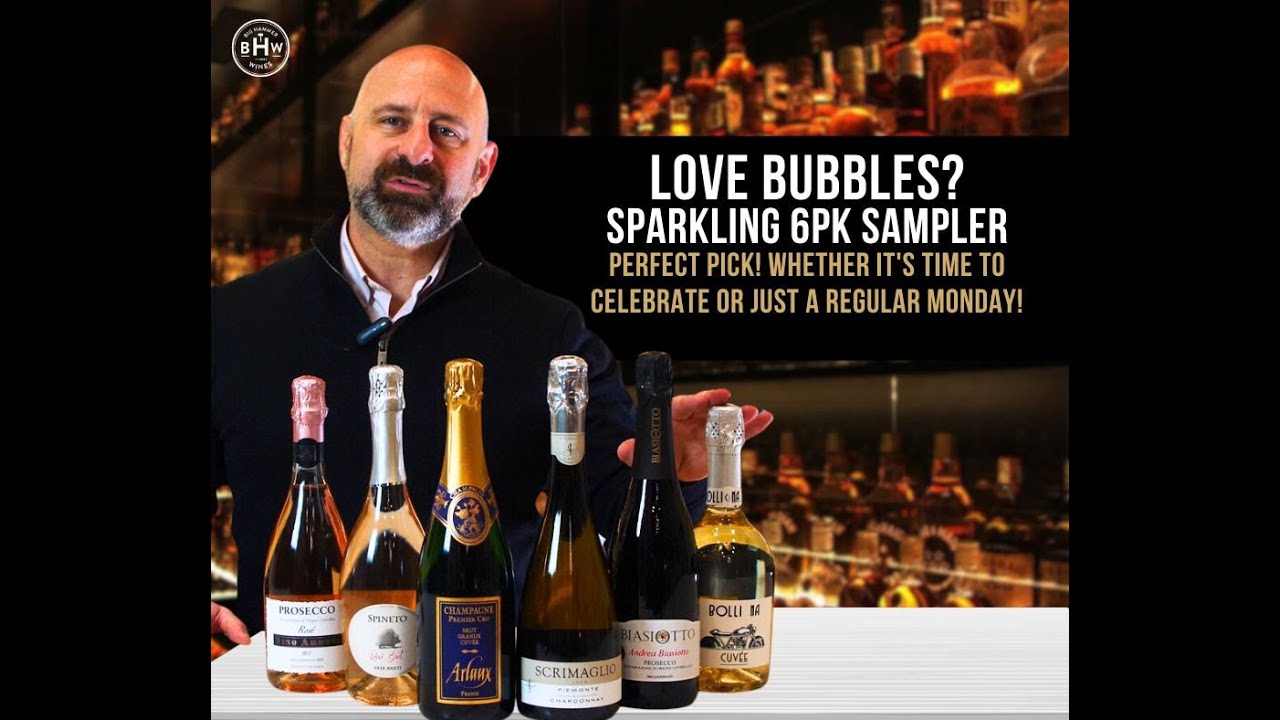
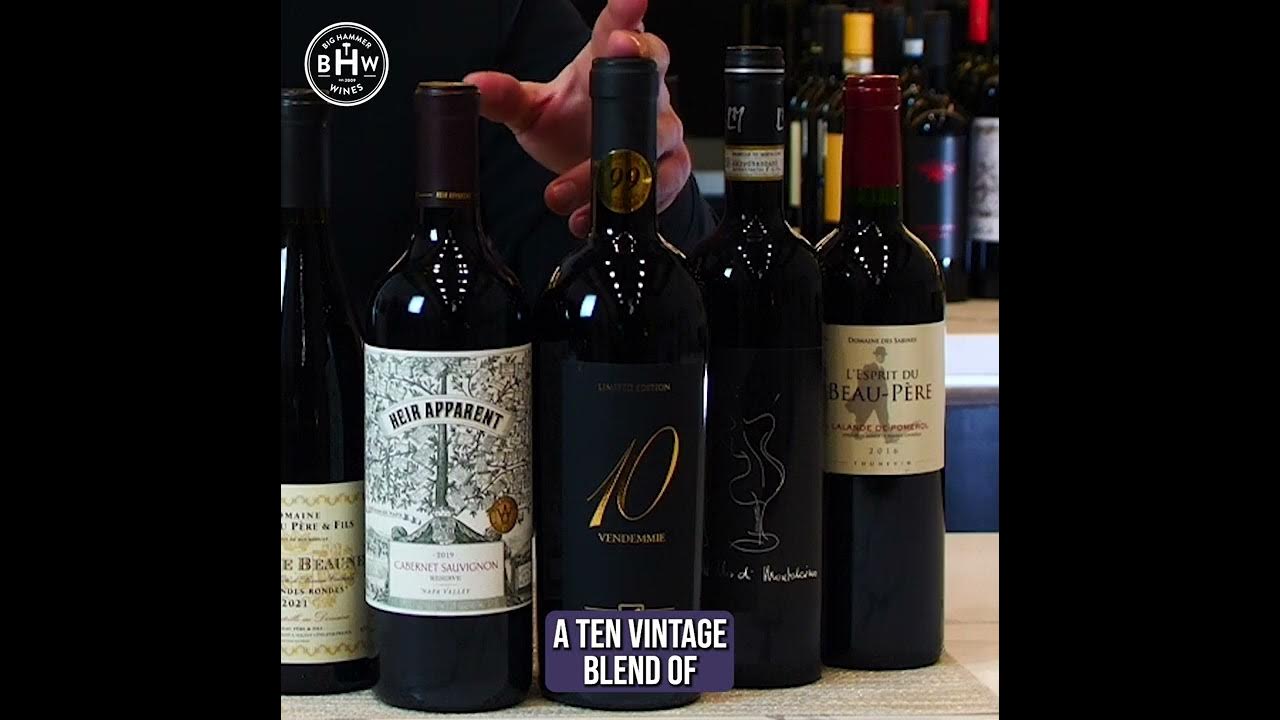
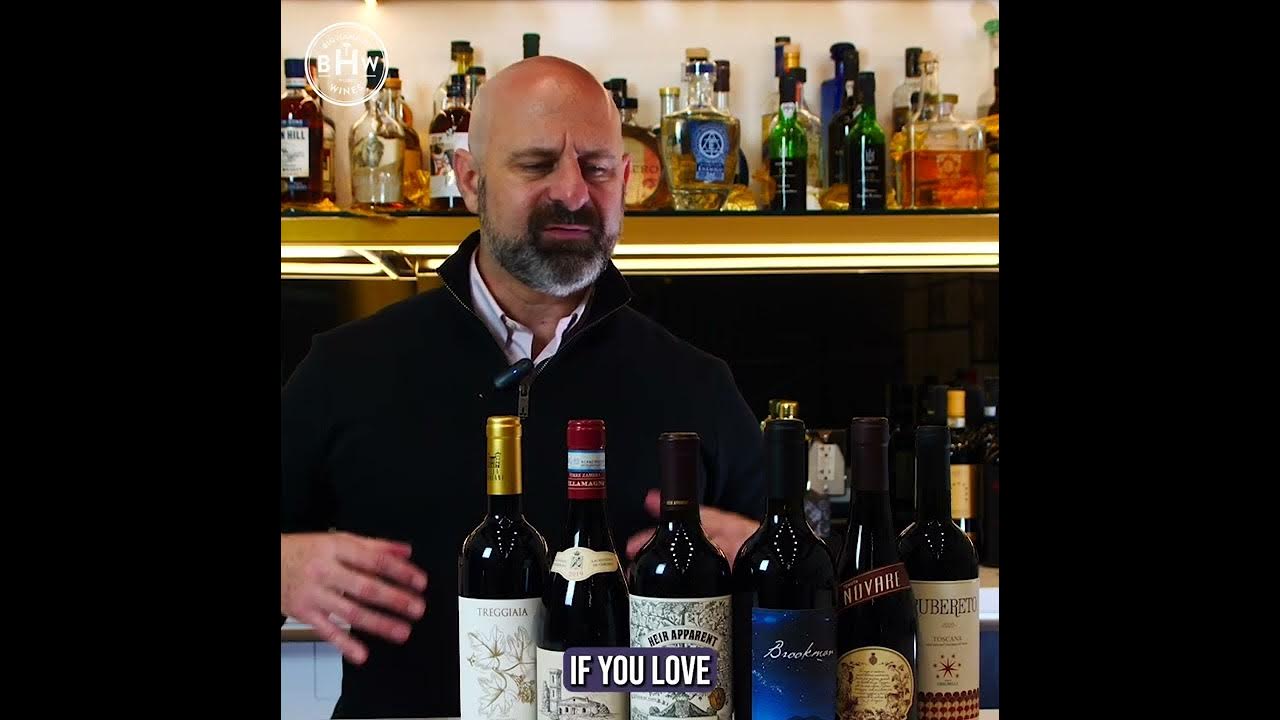

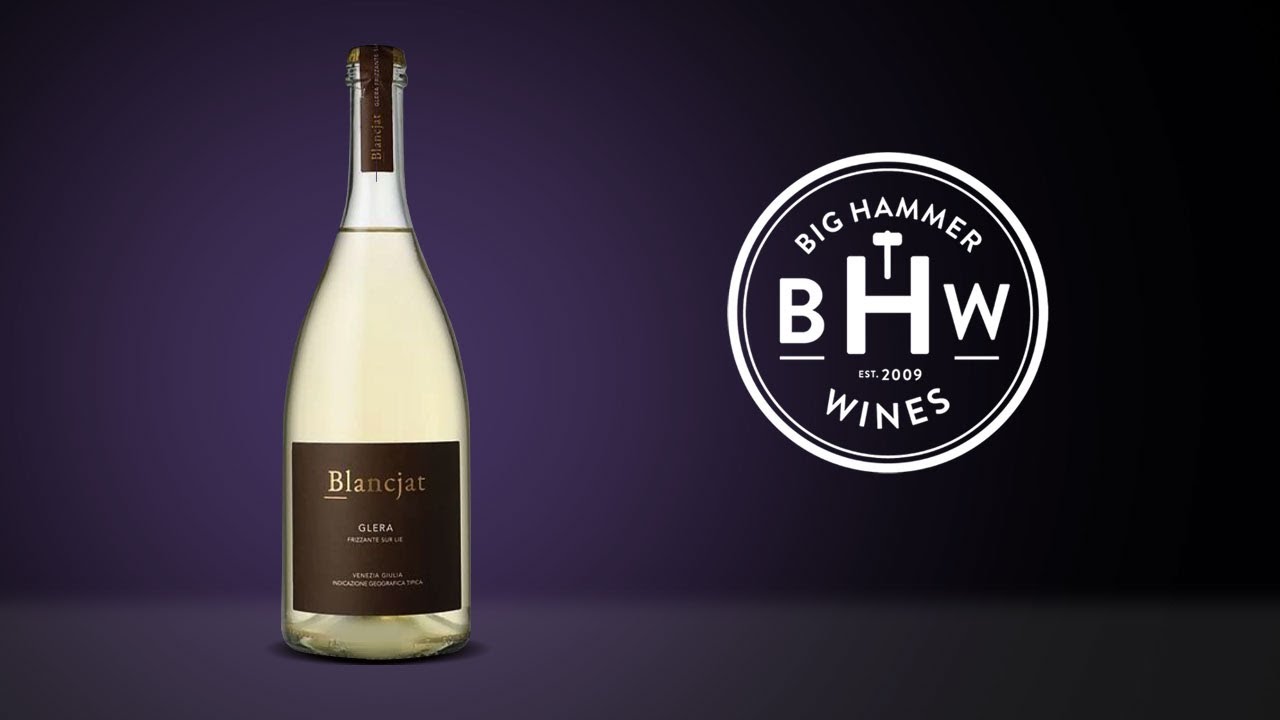
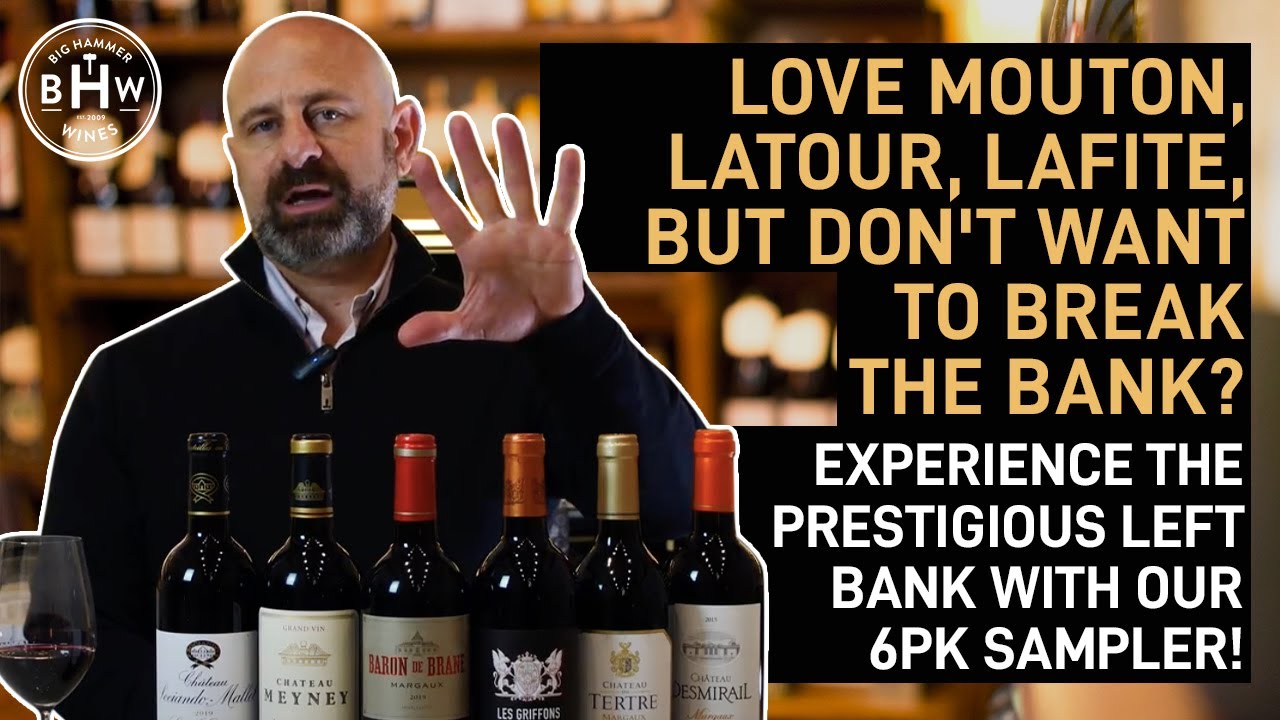
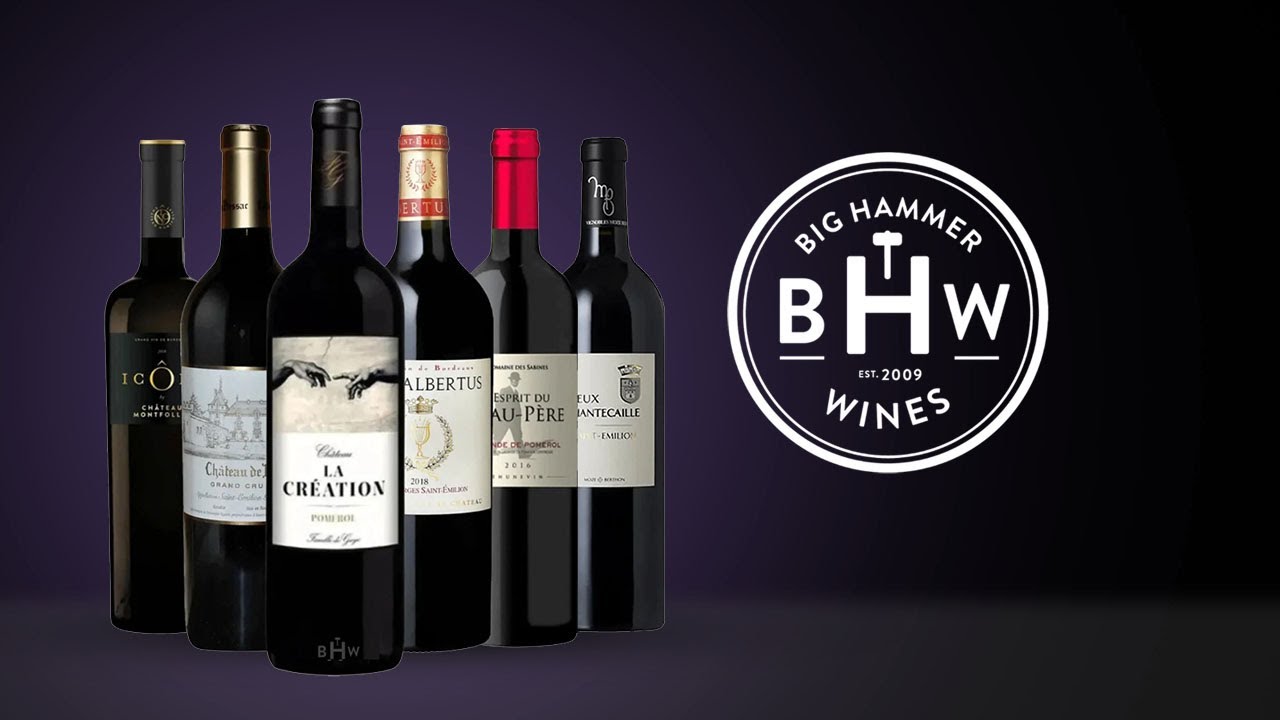
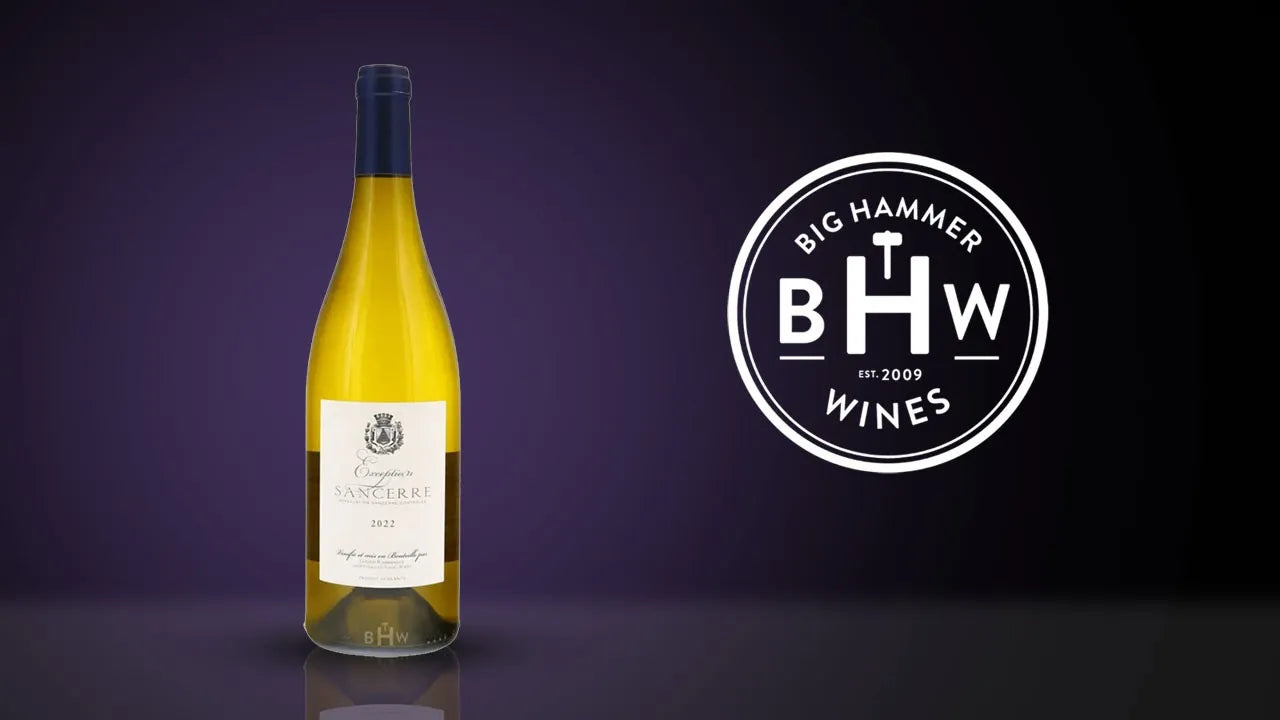
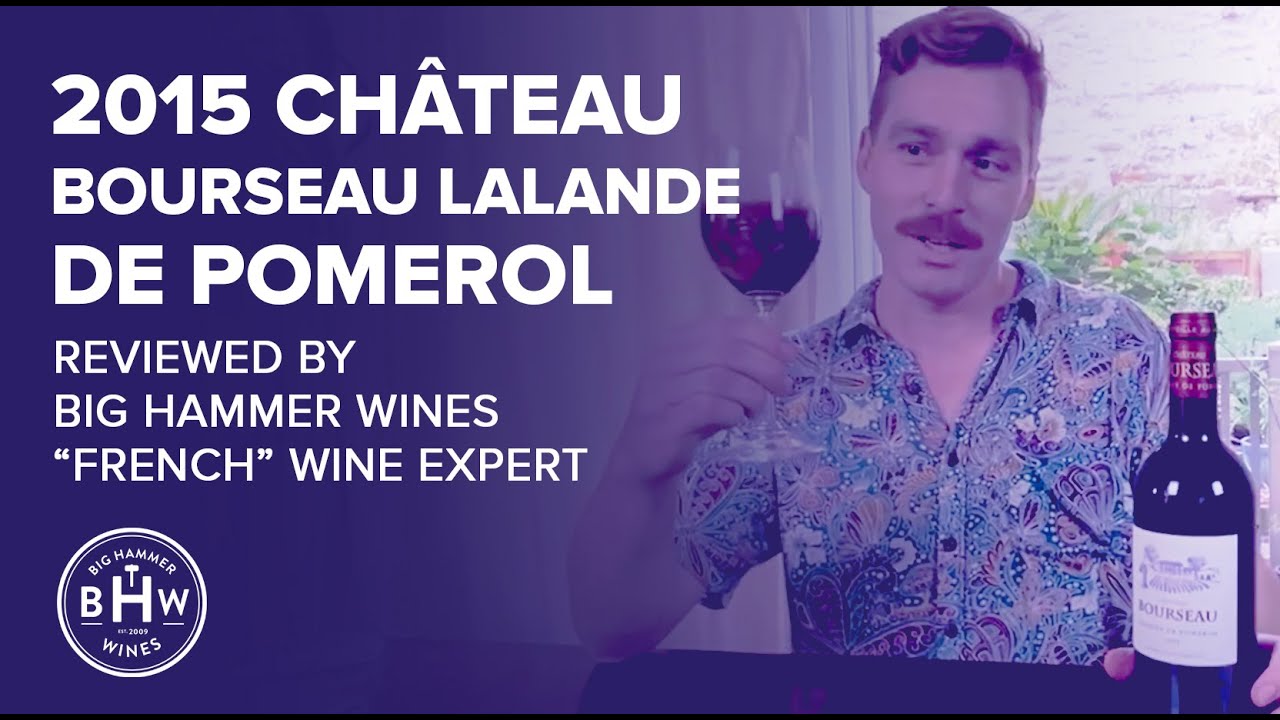
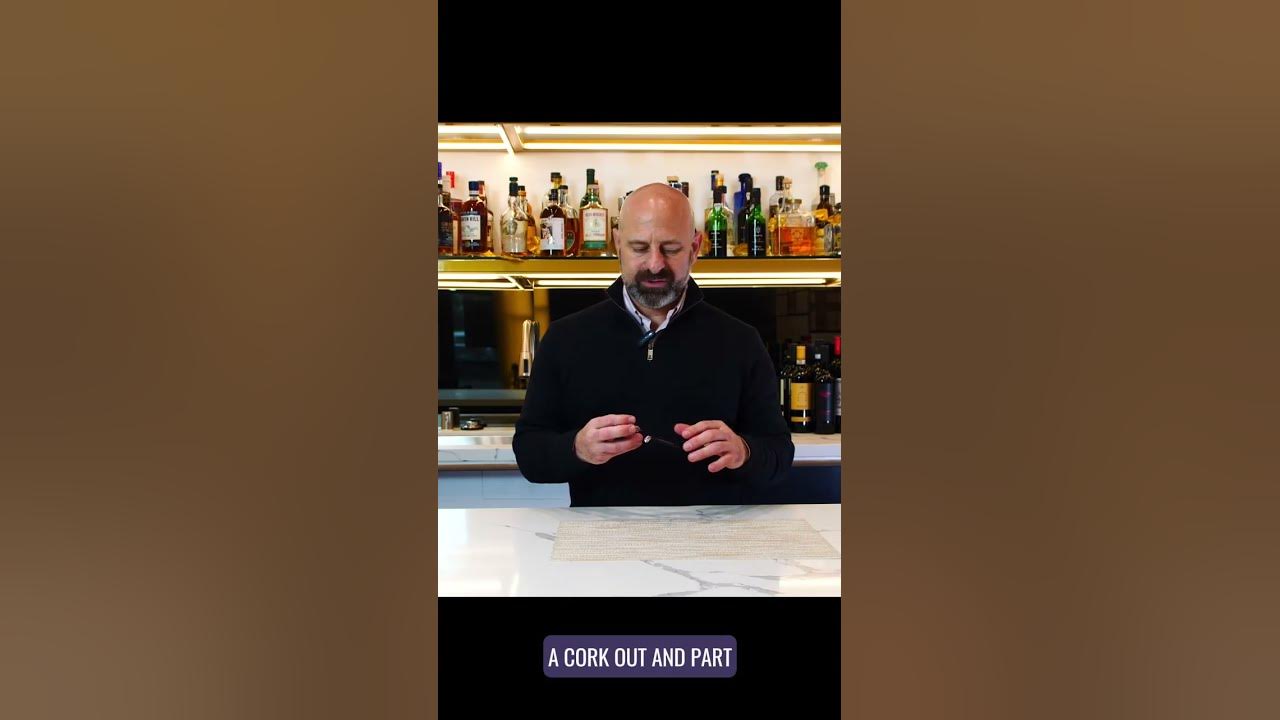
Share:
So, What is the Difference Between Barolo and Barbaresco?
Greg's Picks Founder's Favorites Available Now
Comments Section